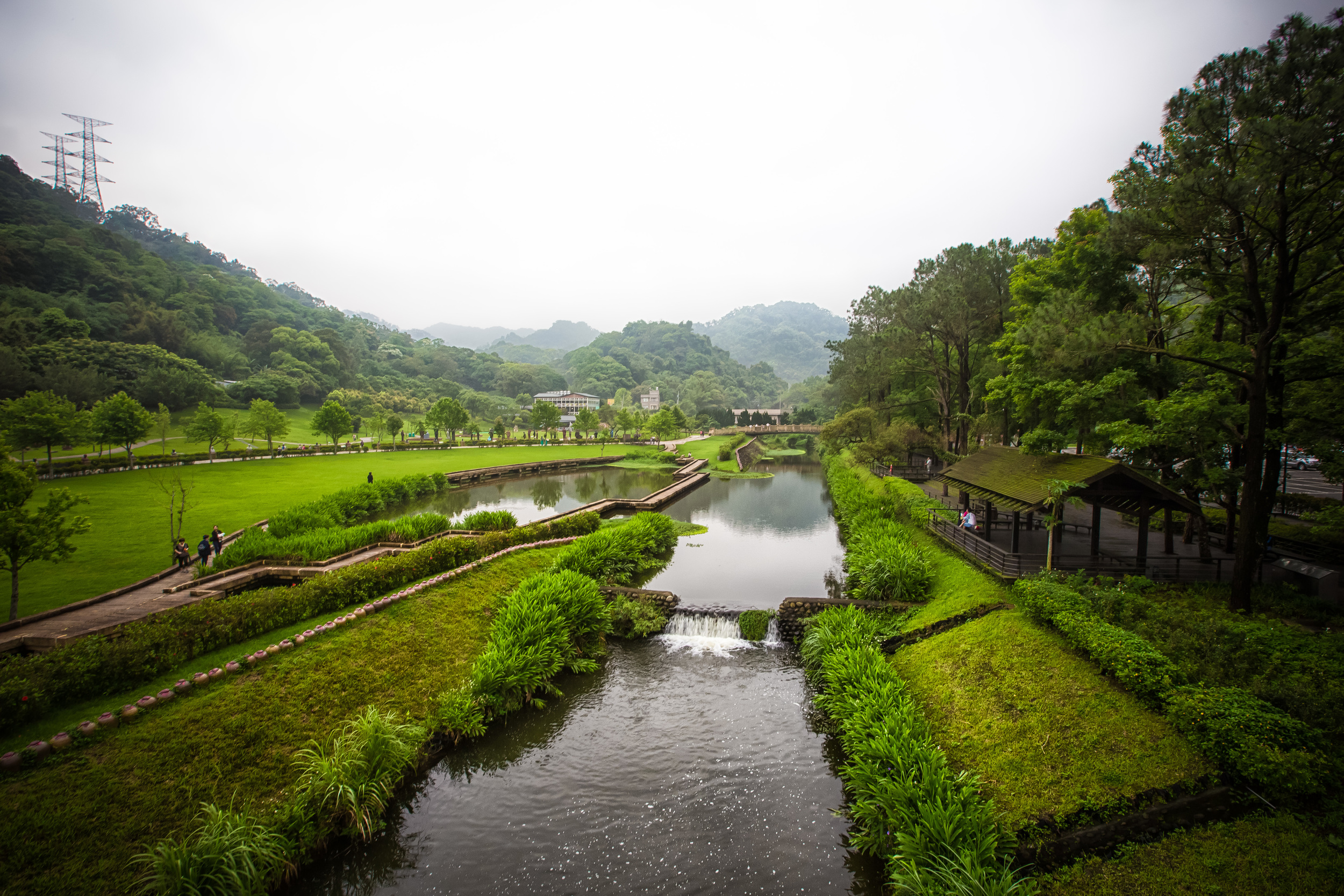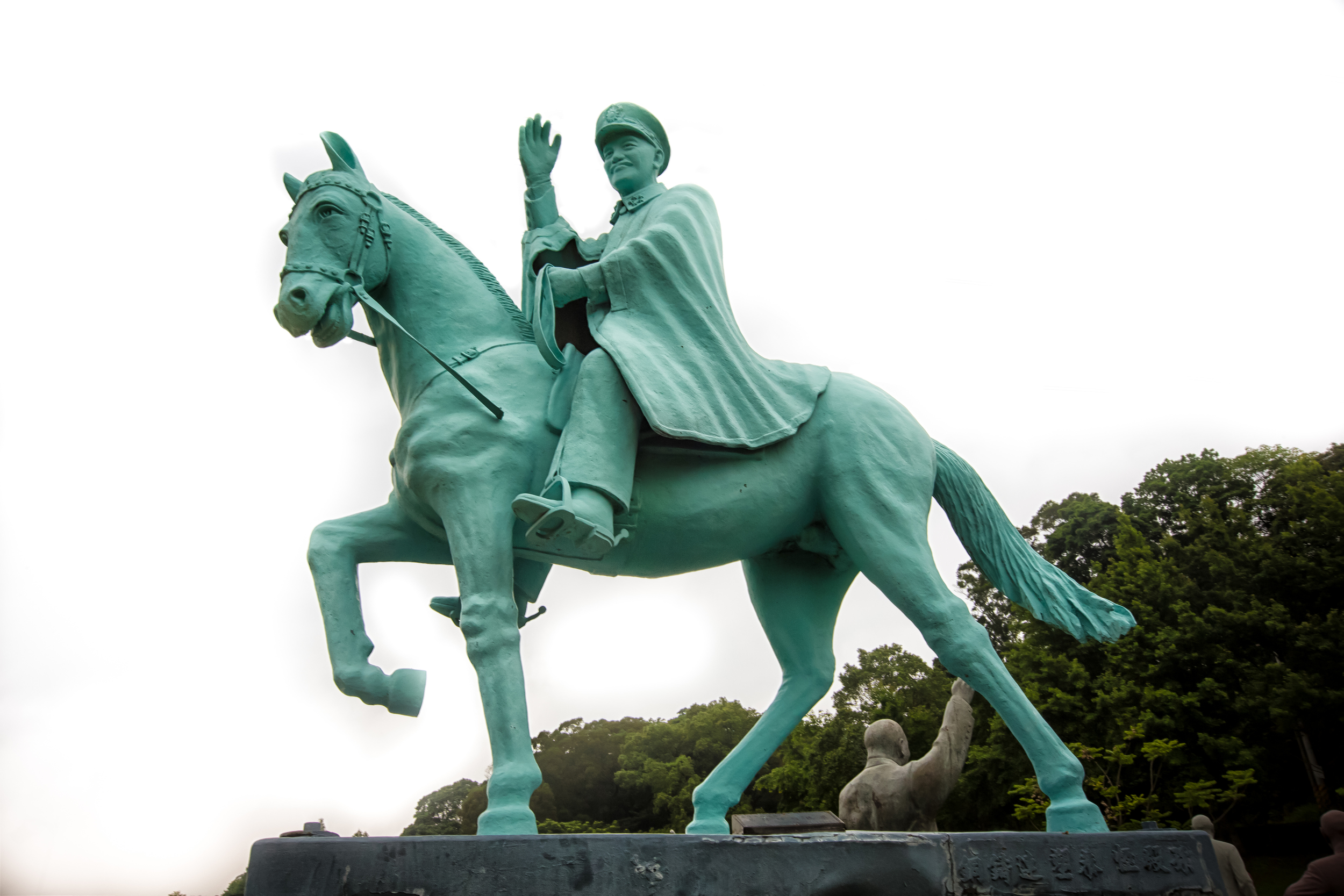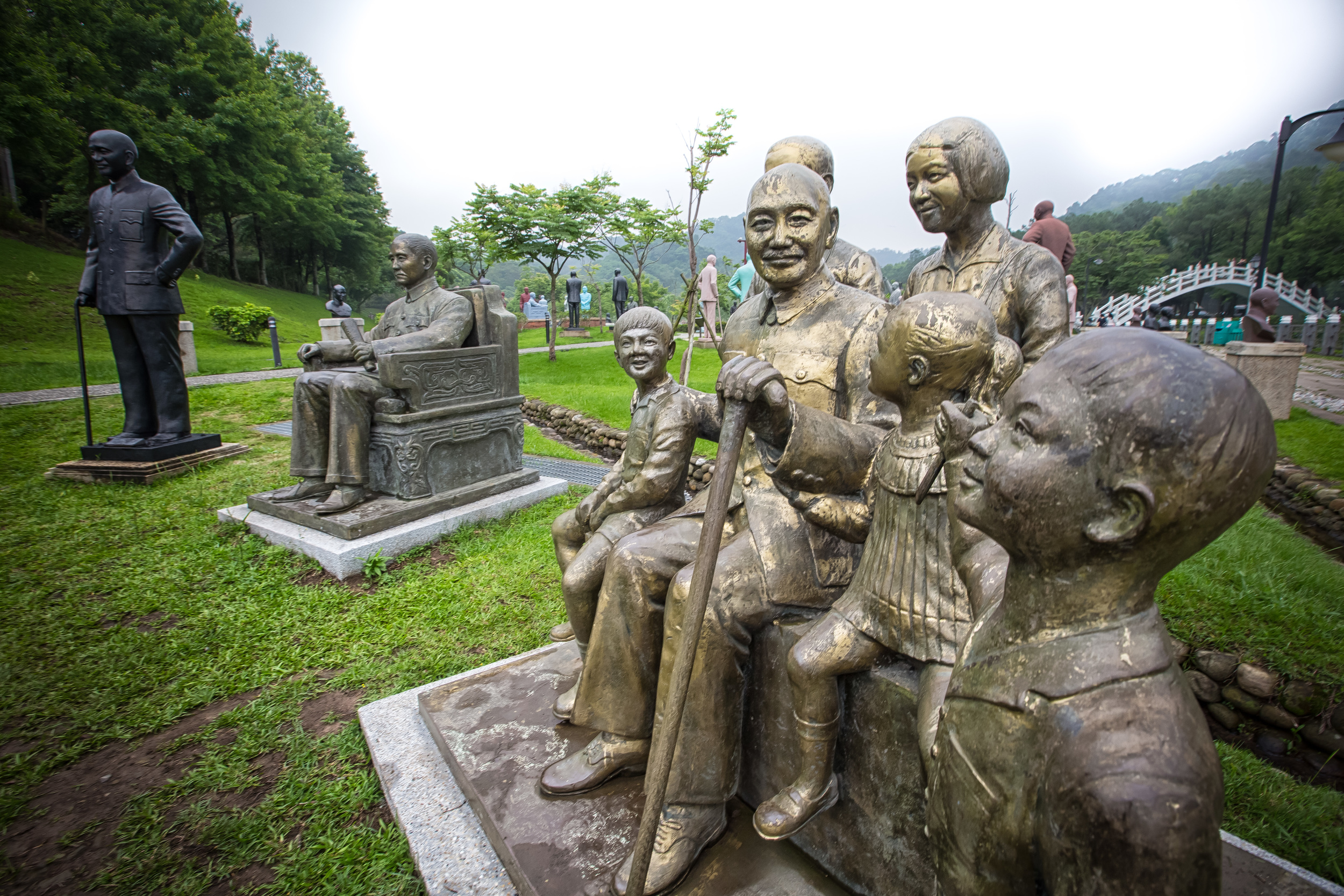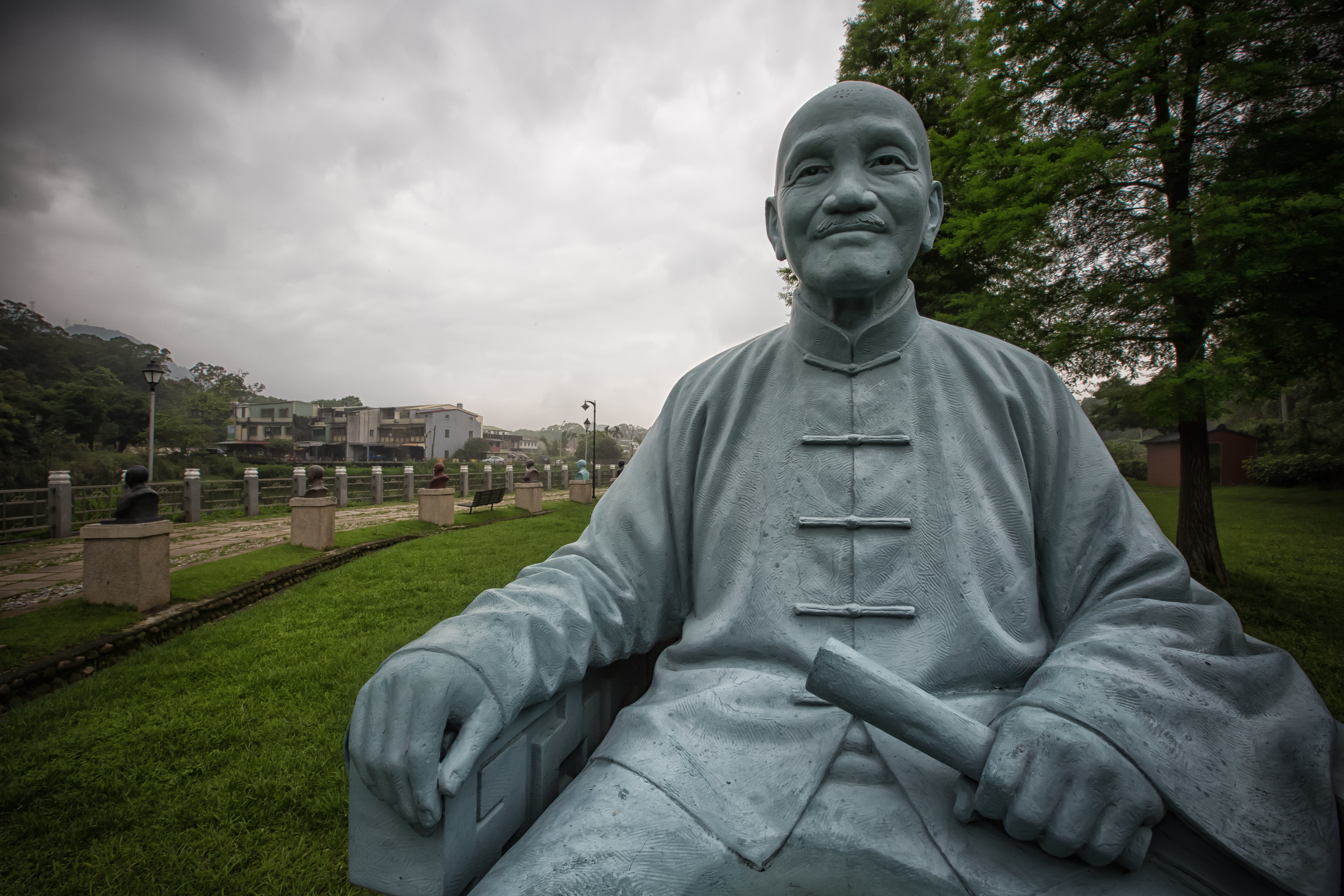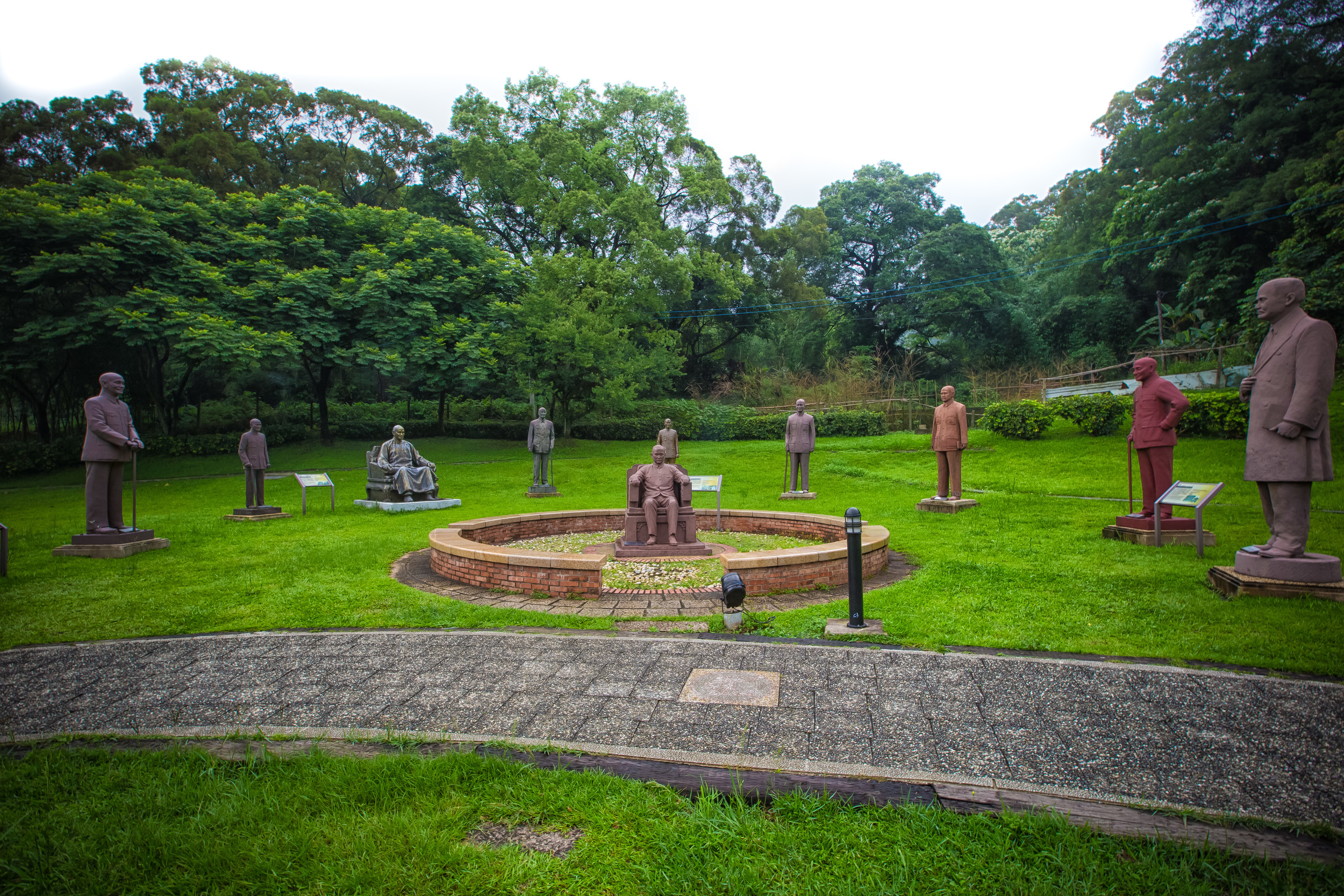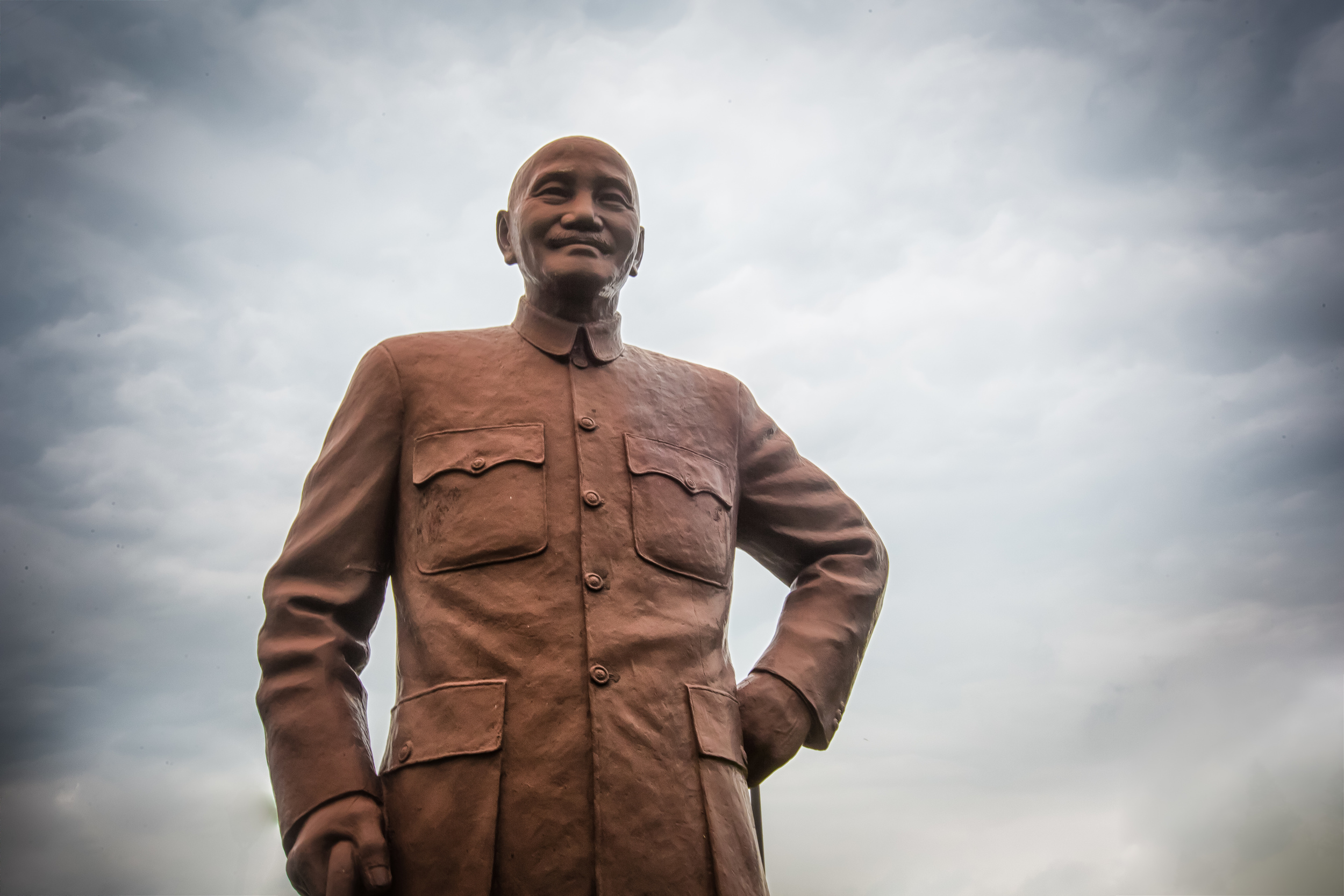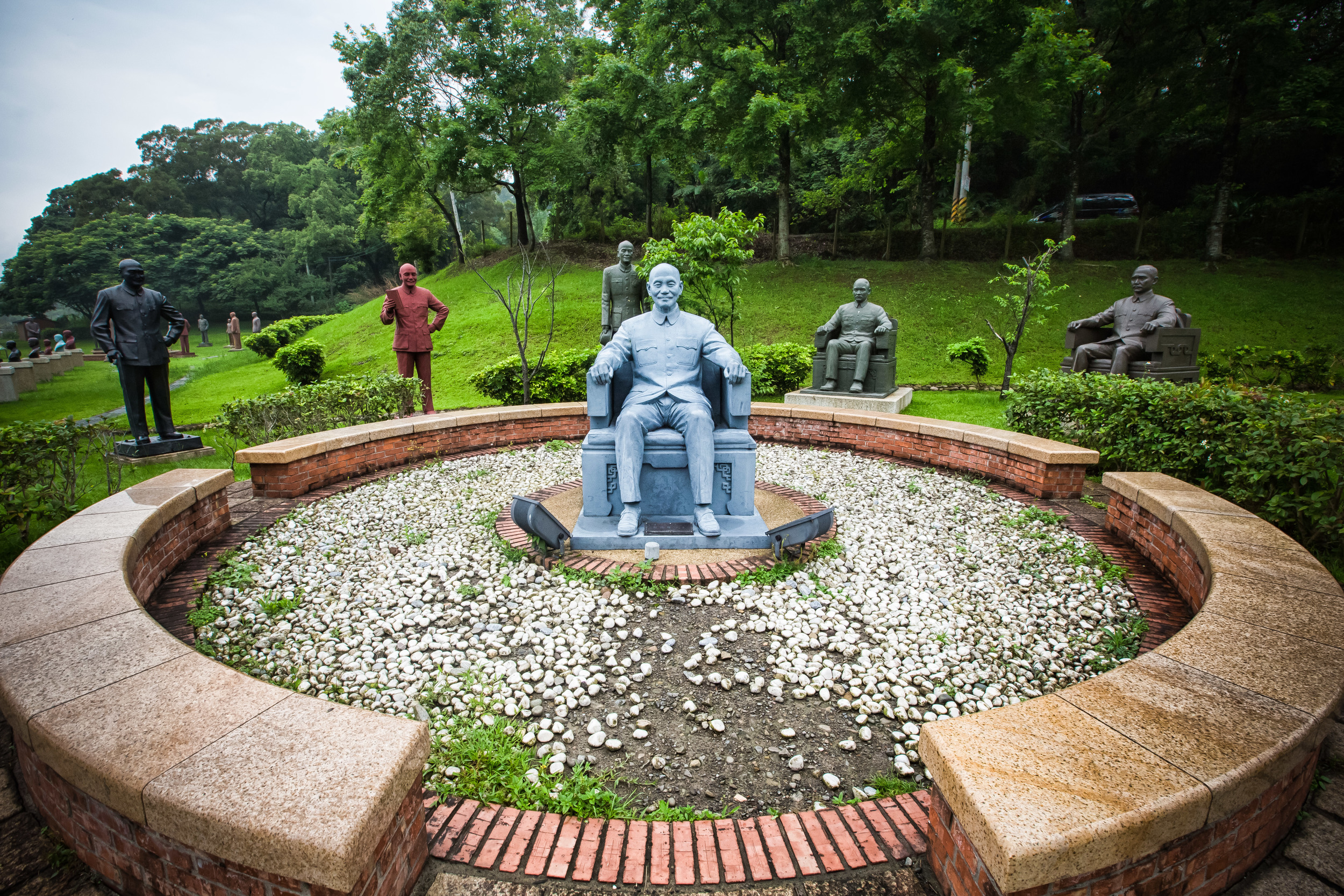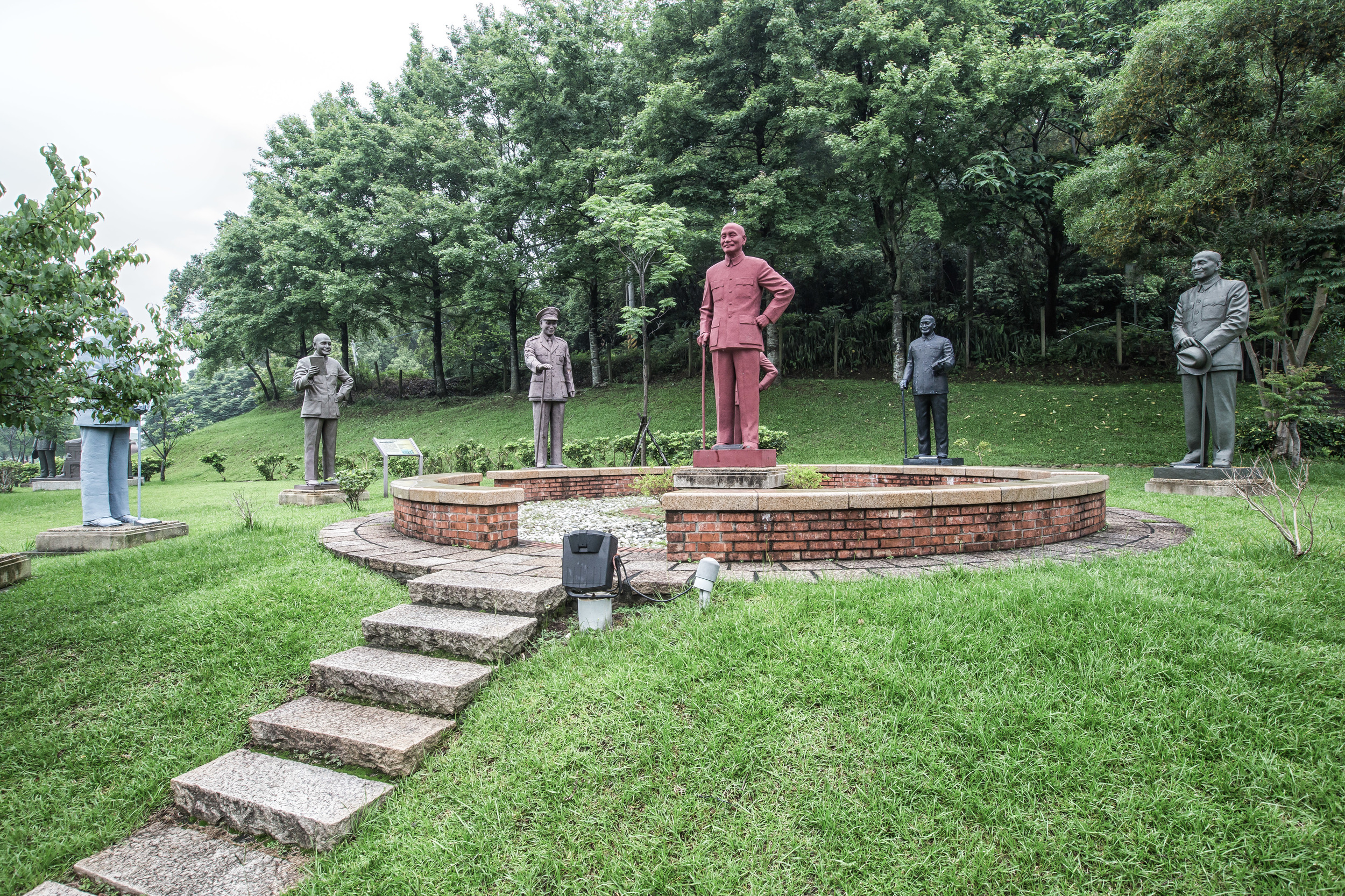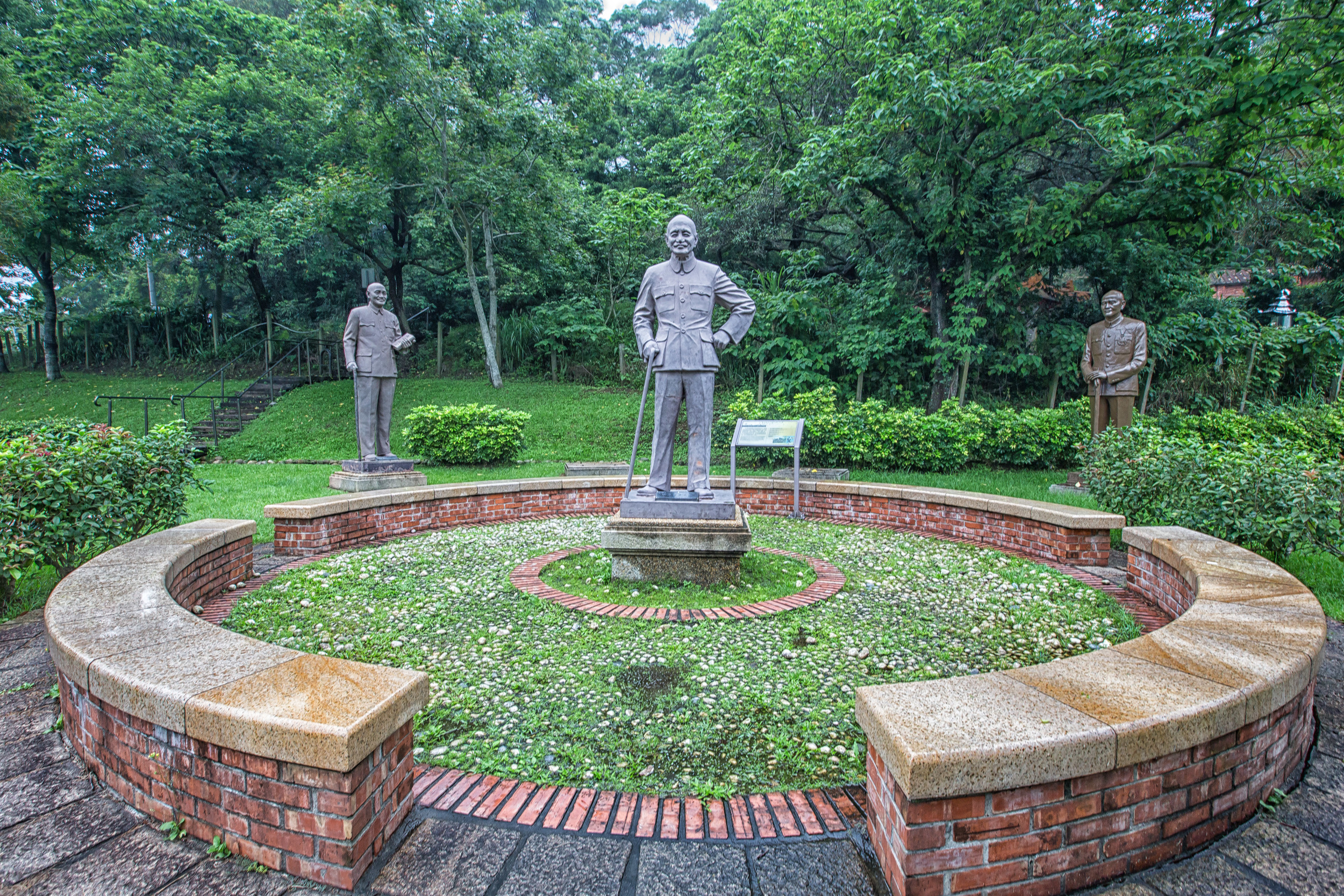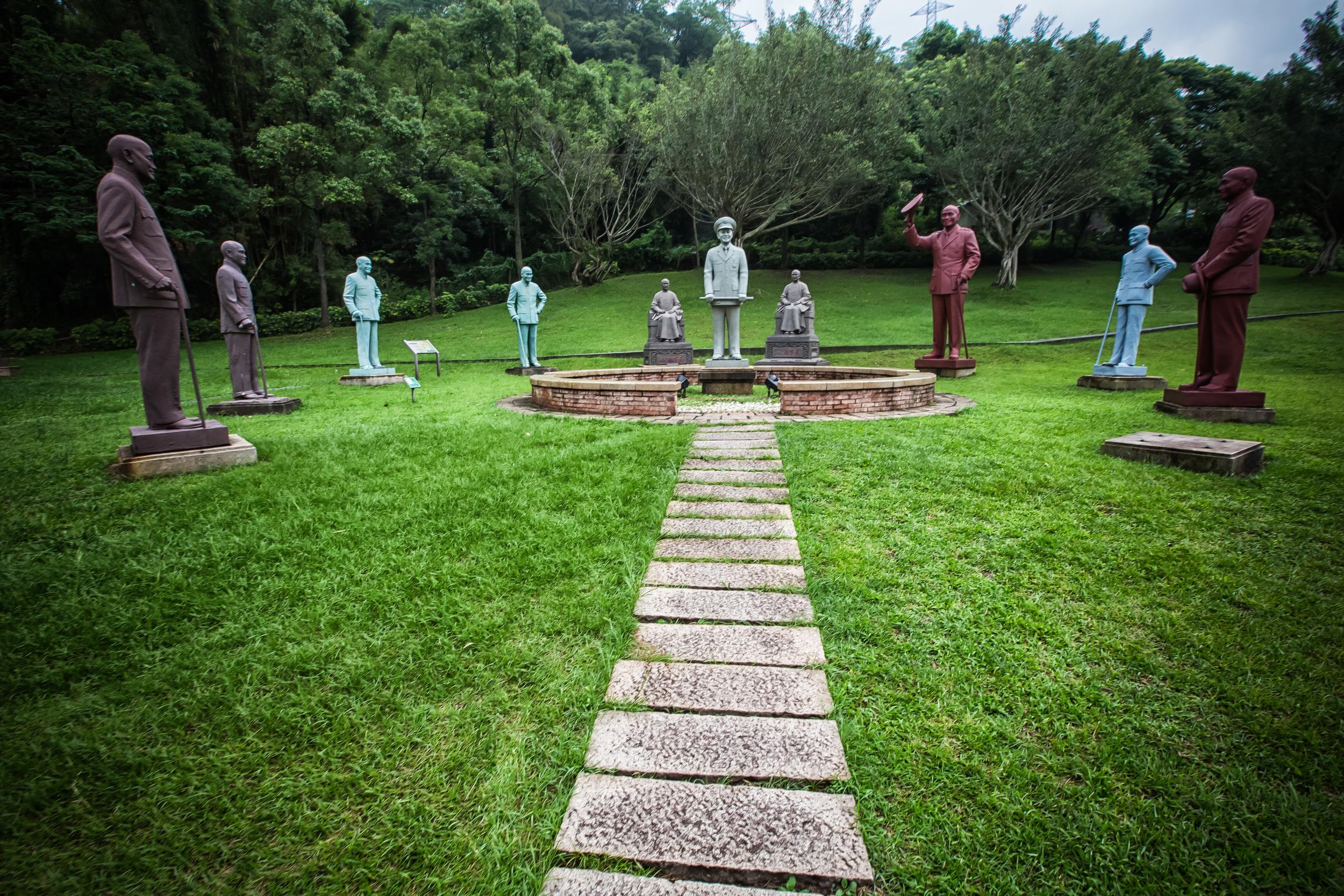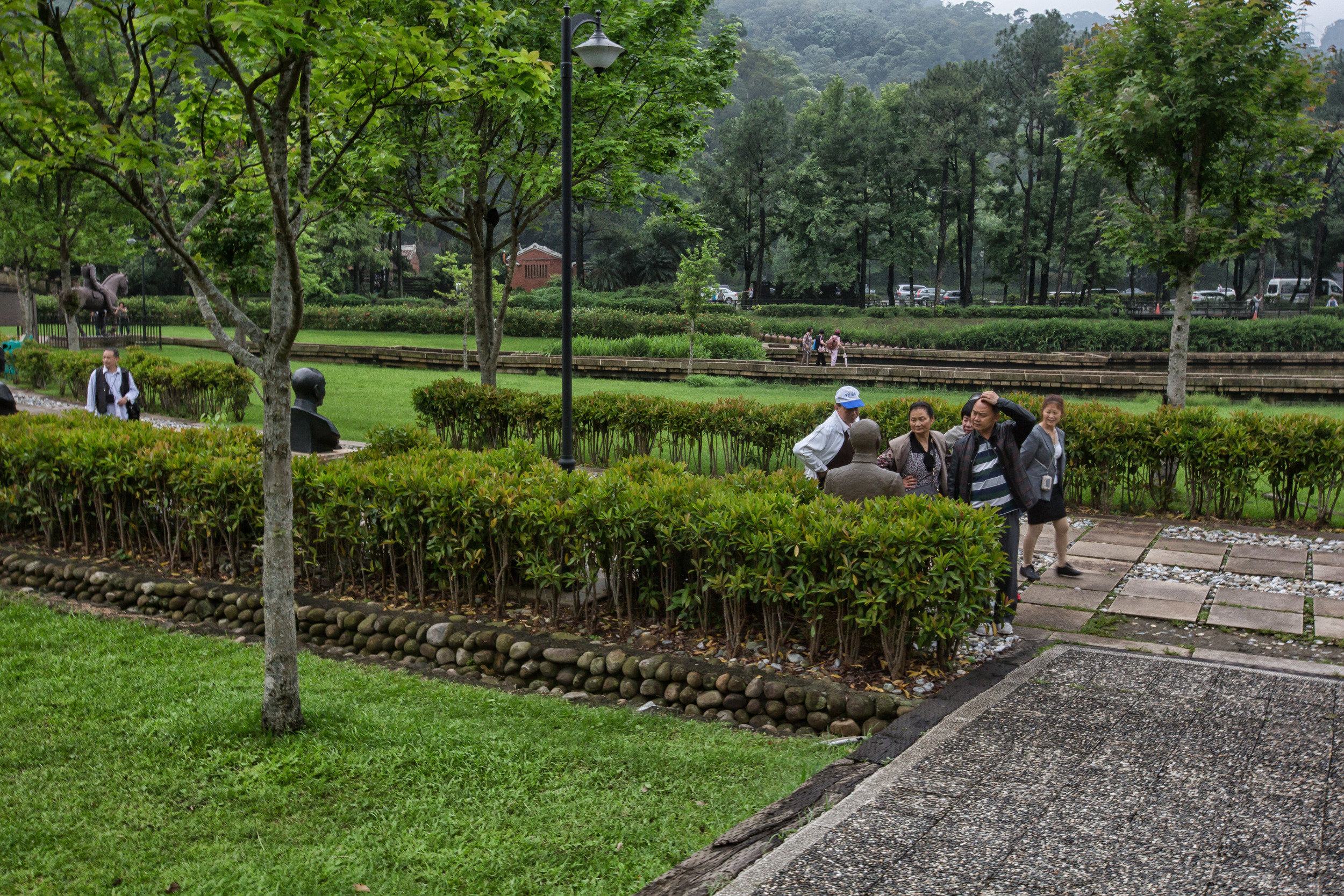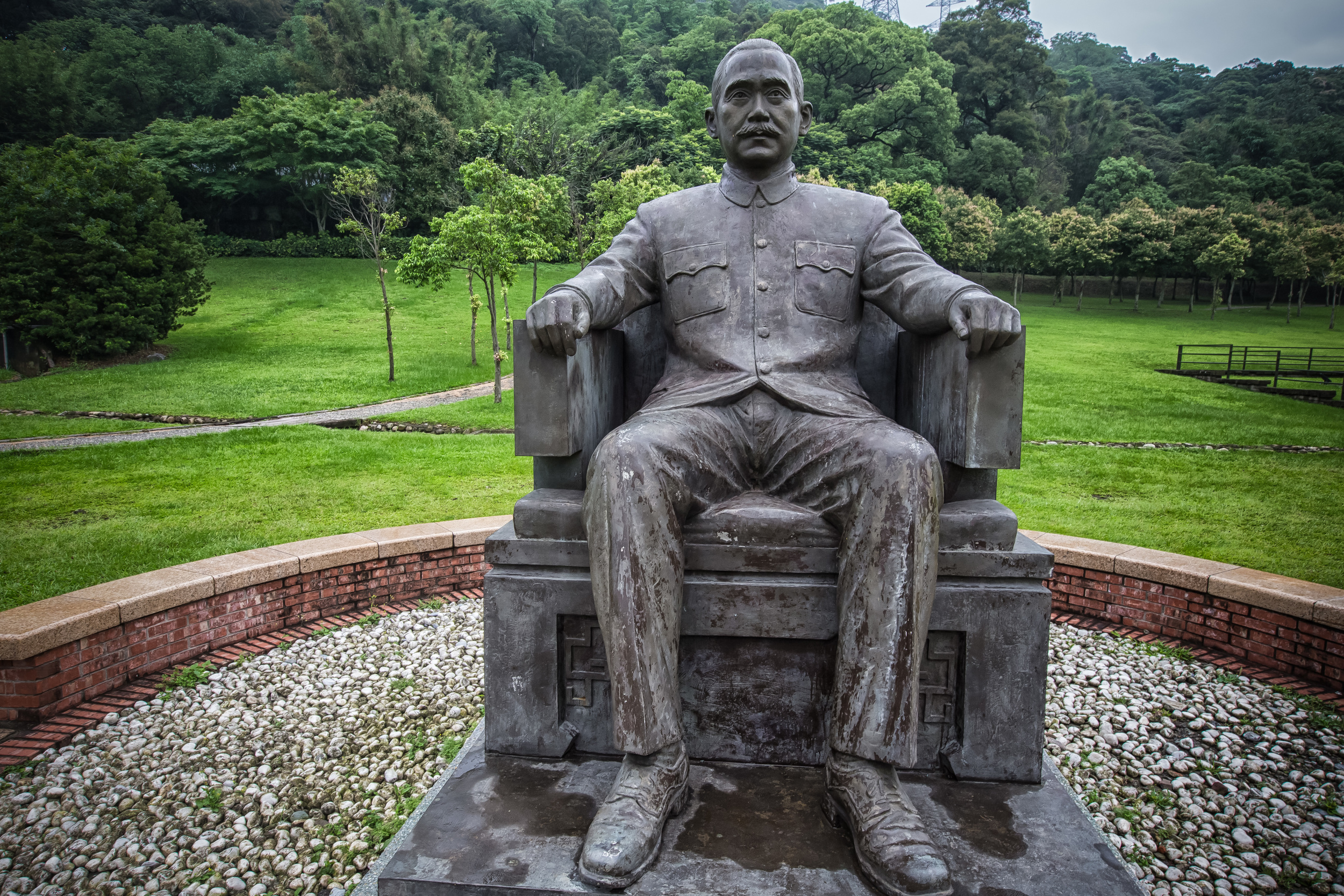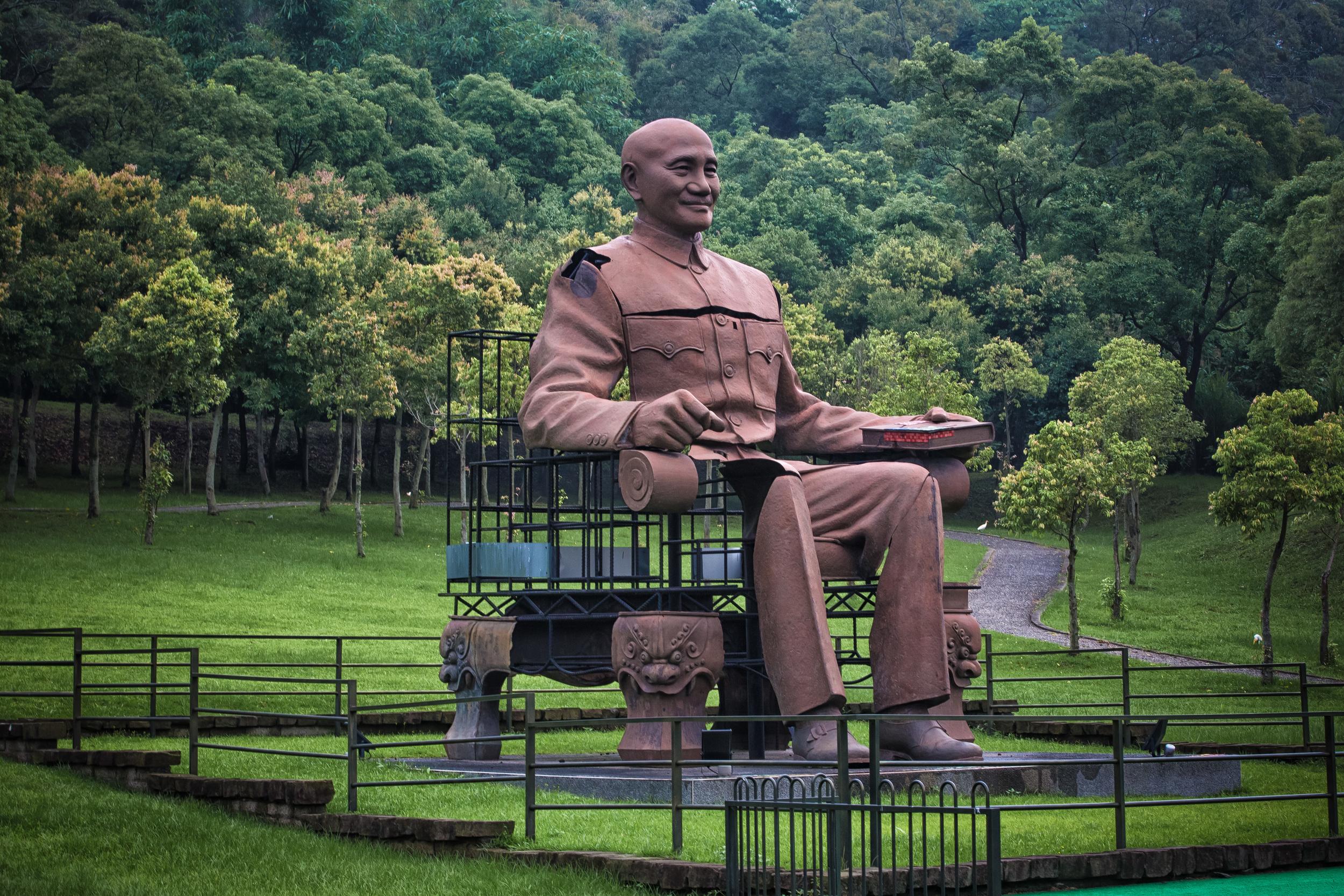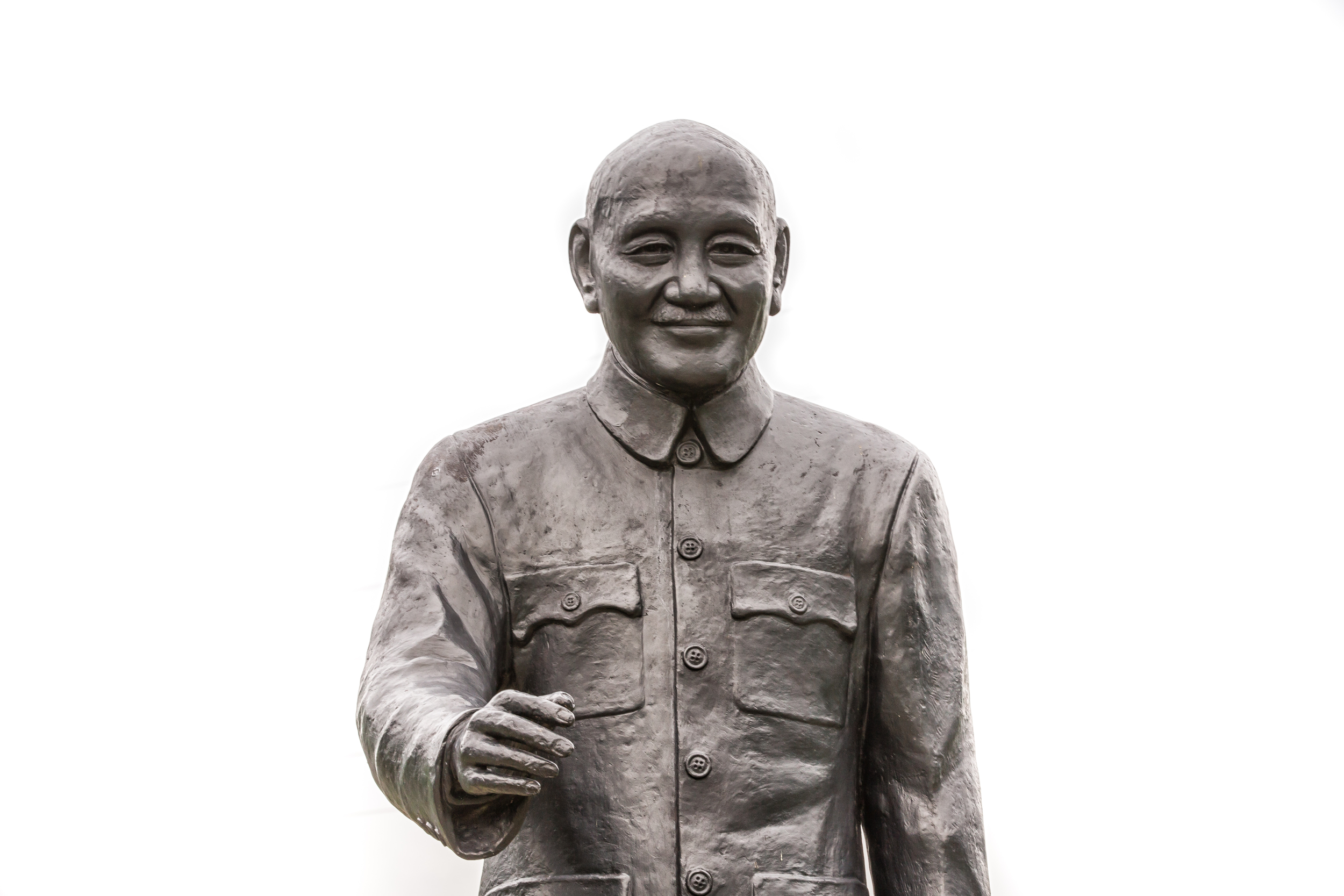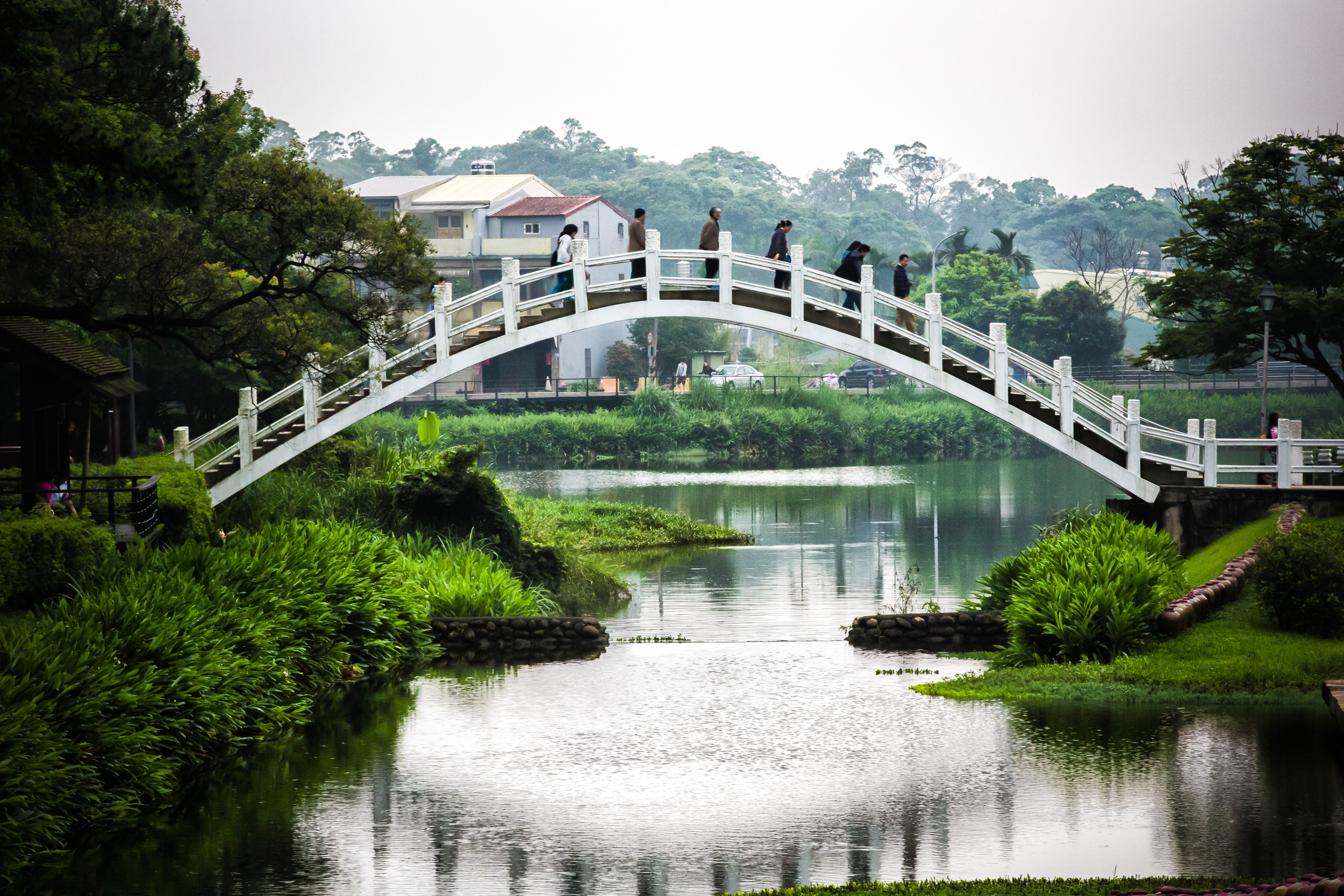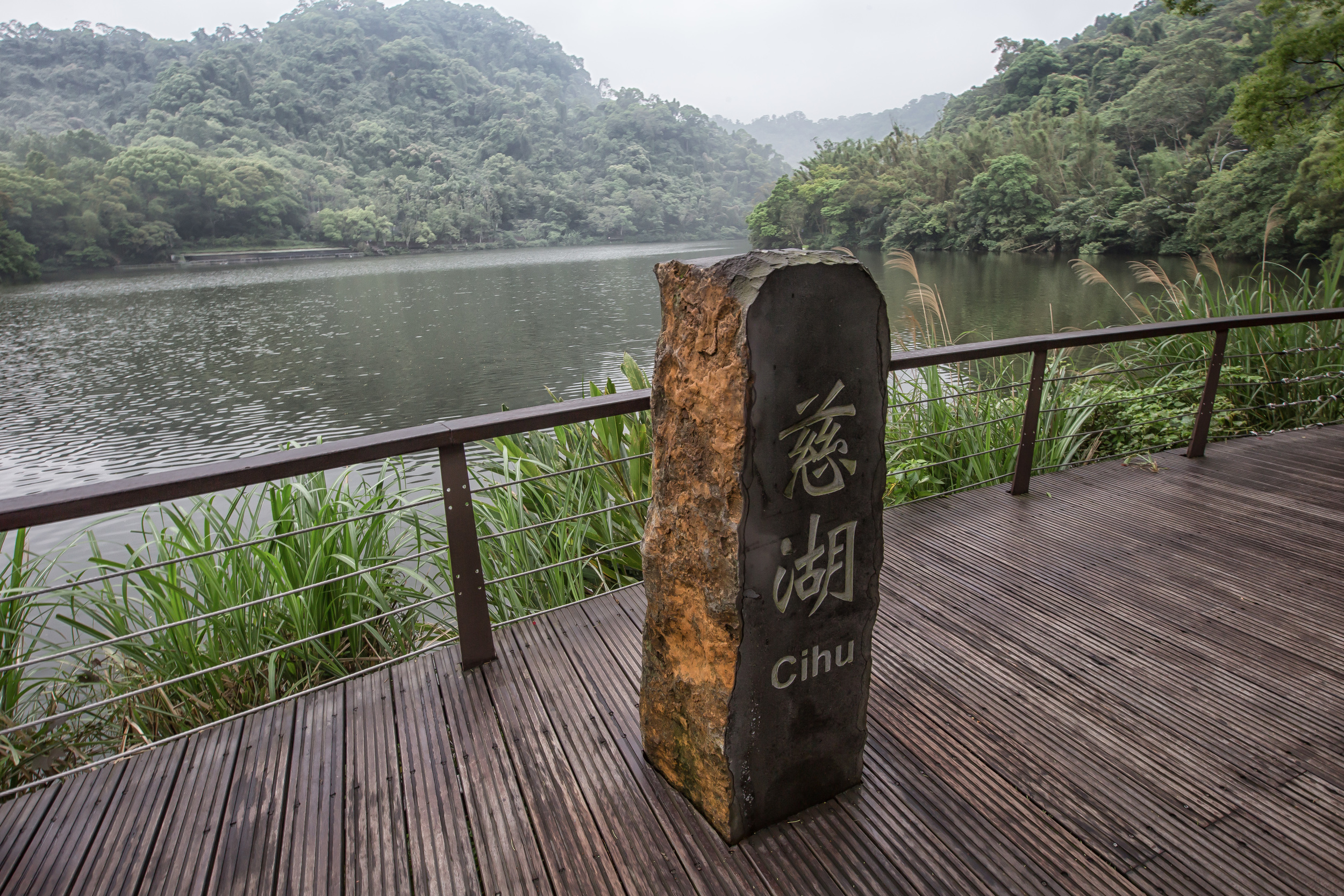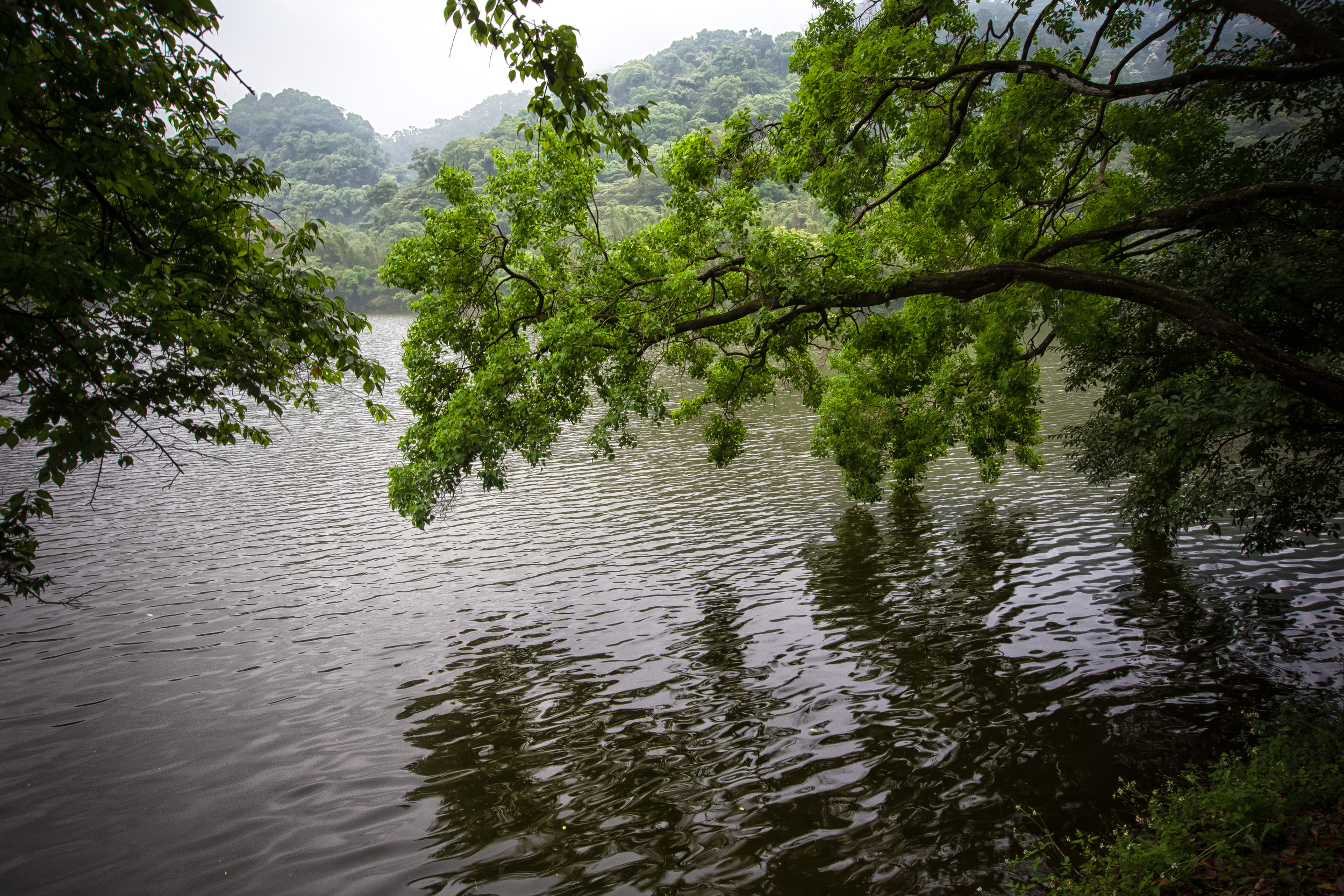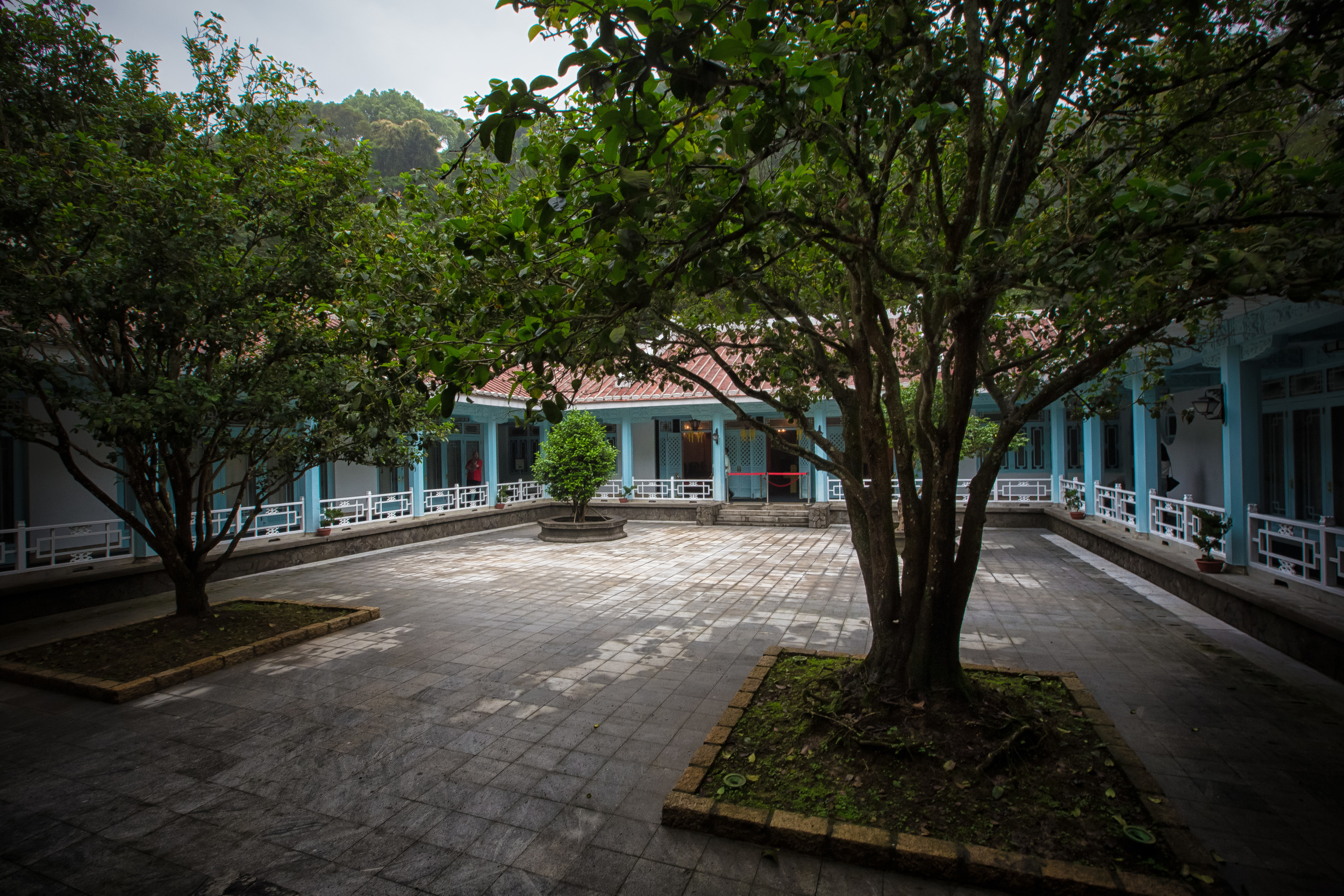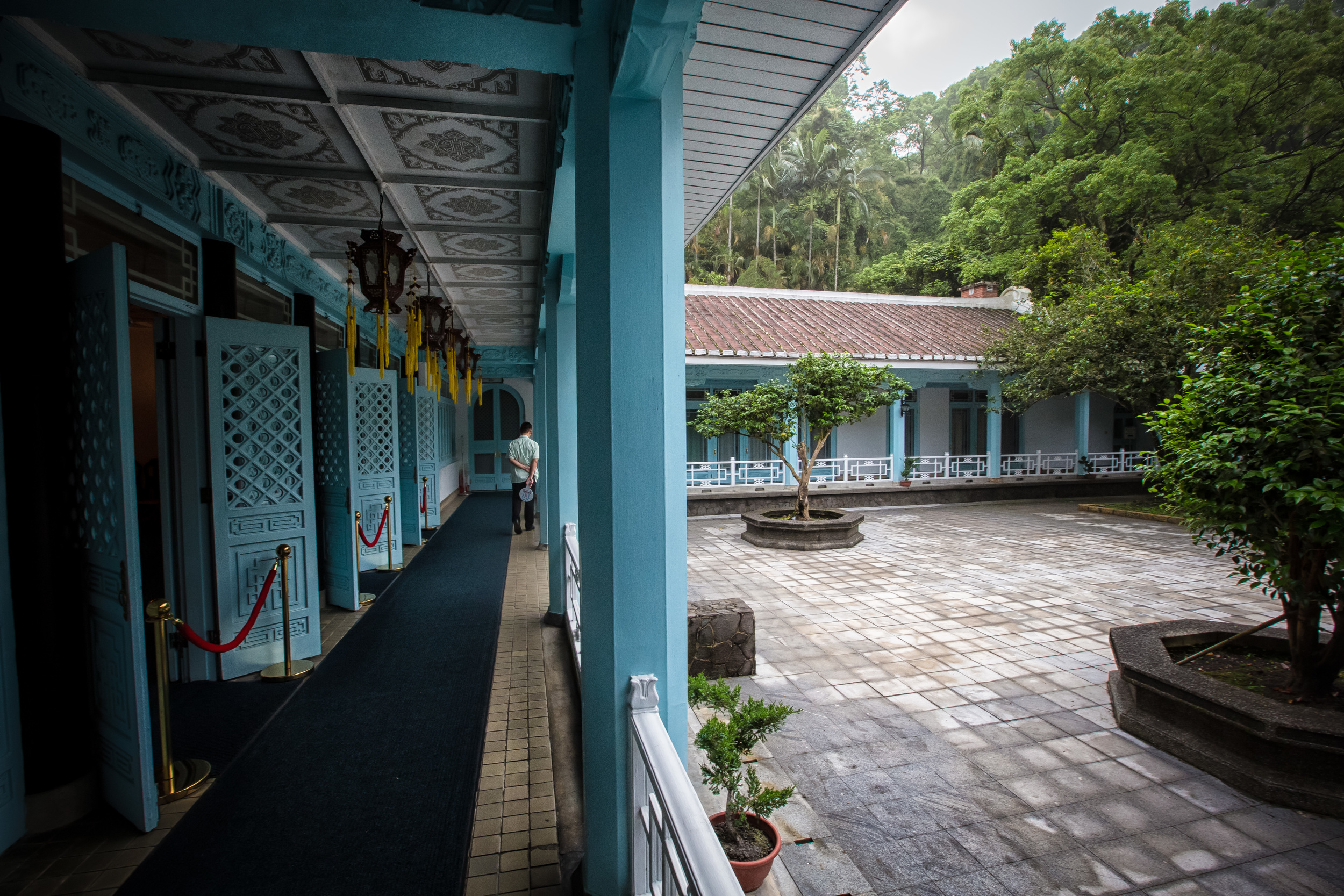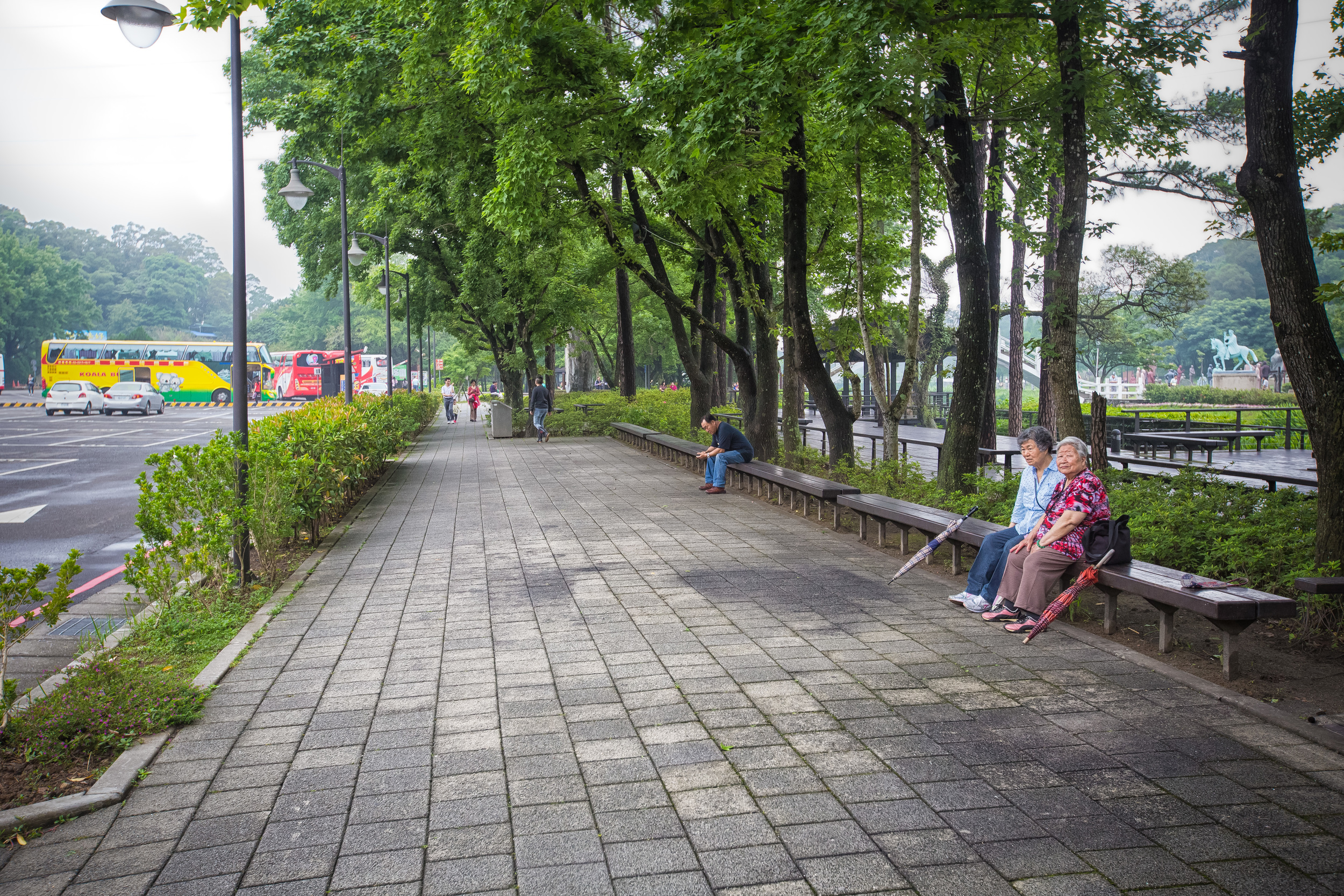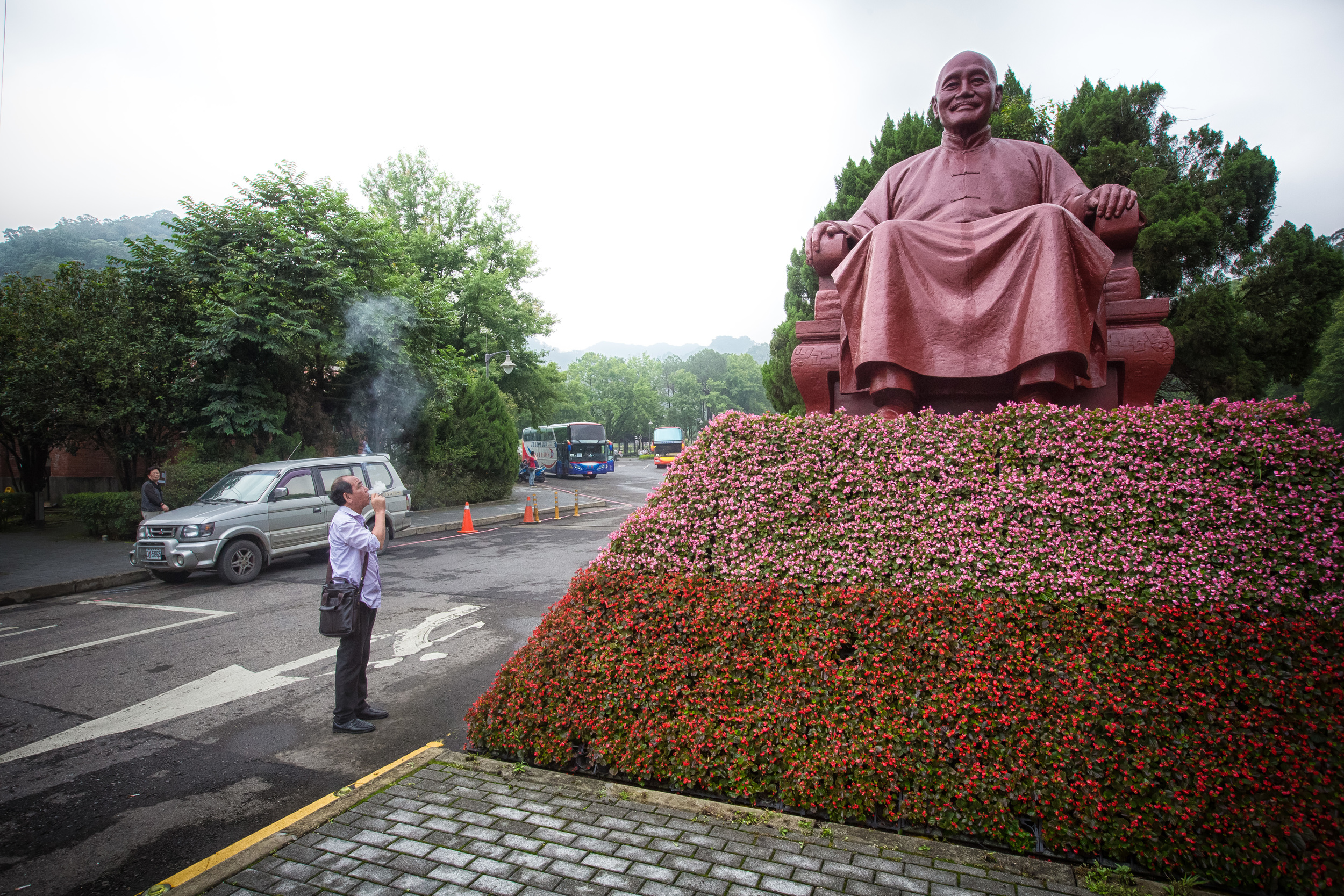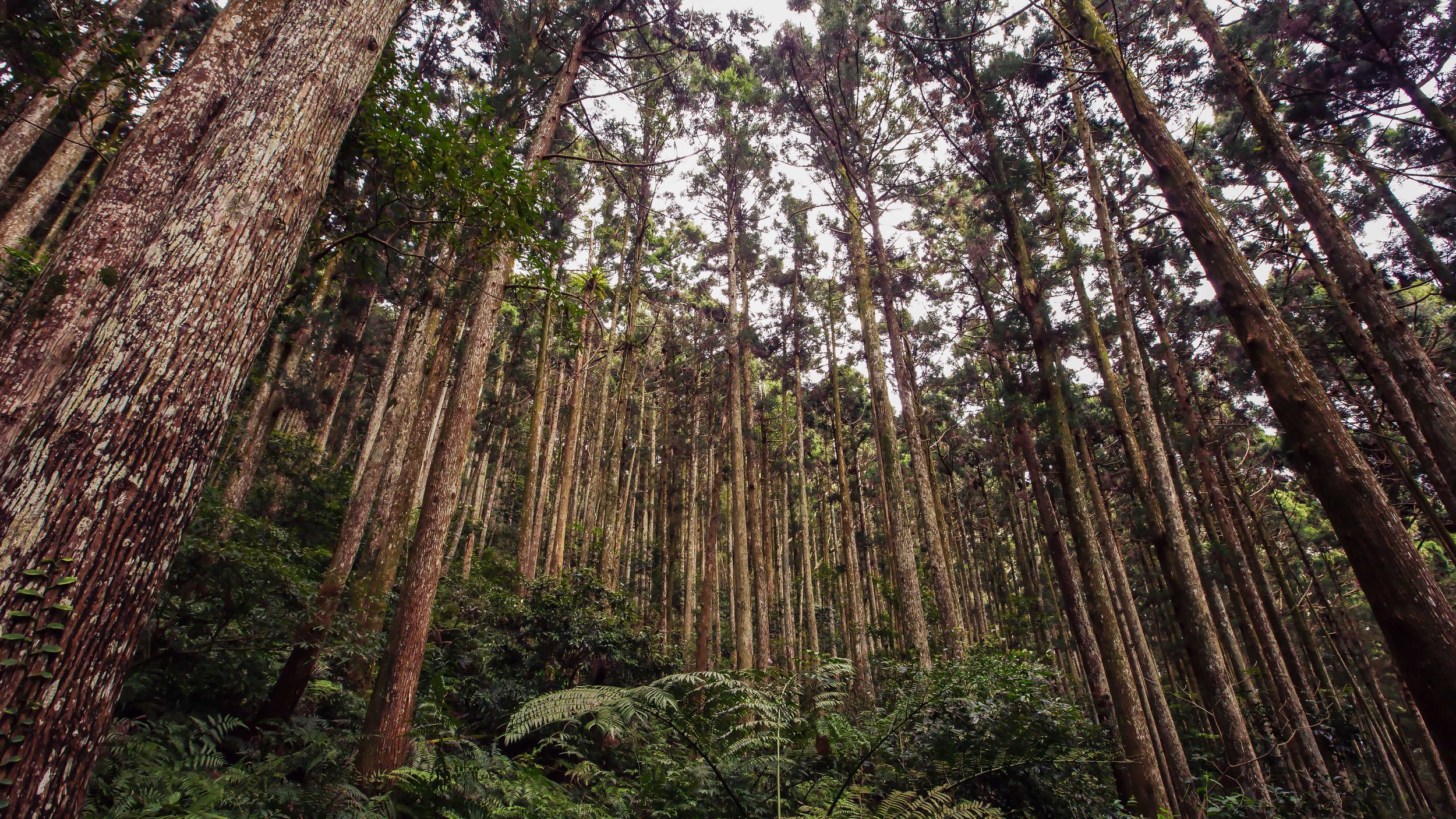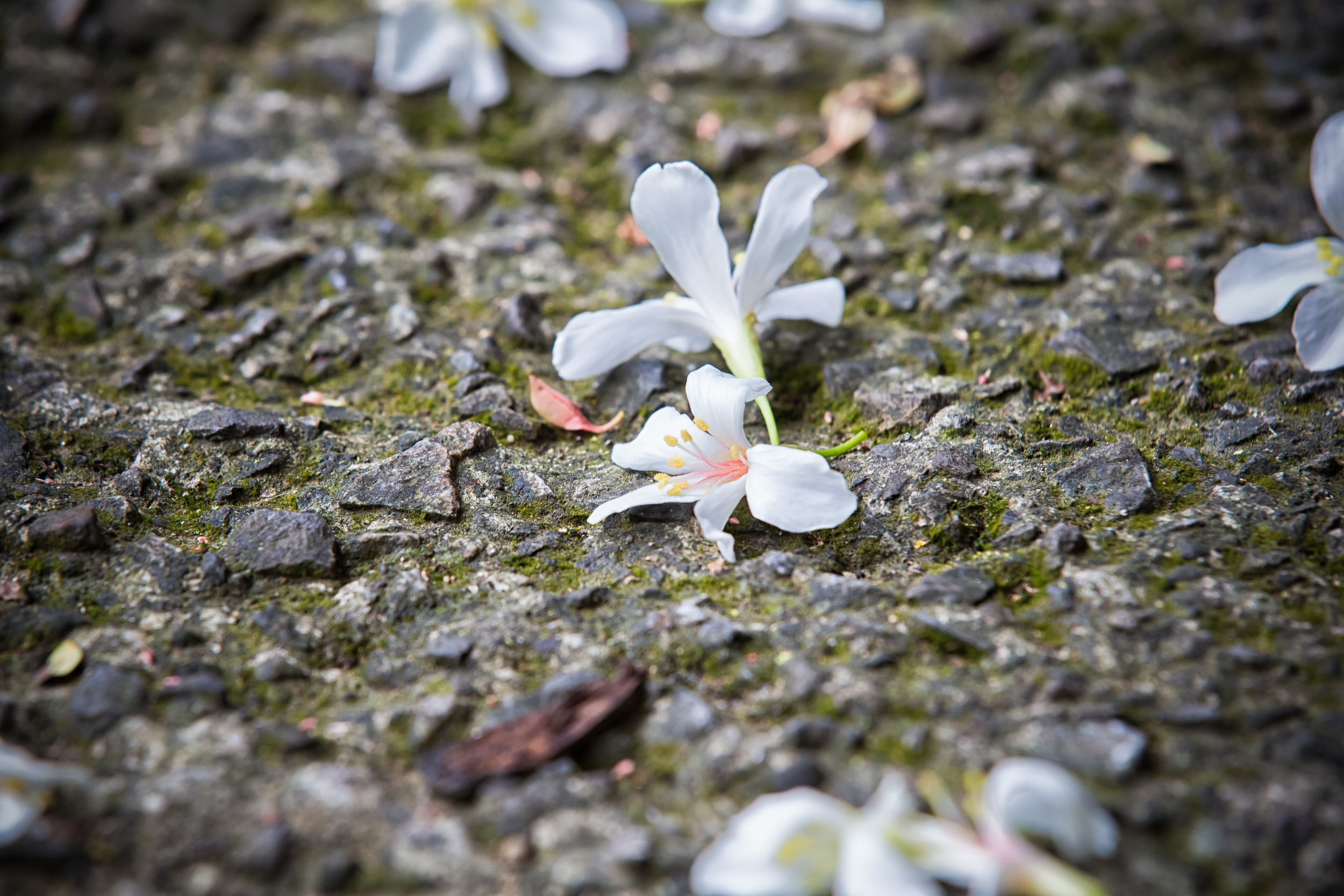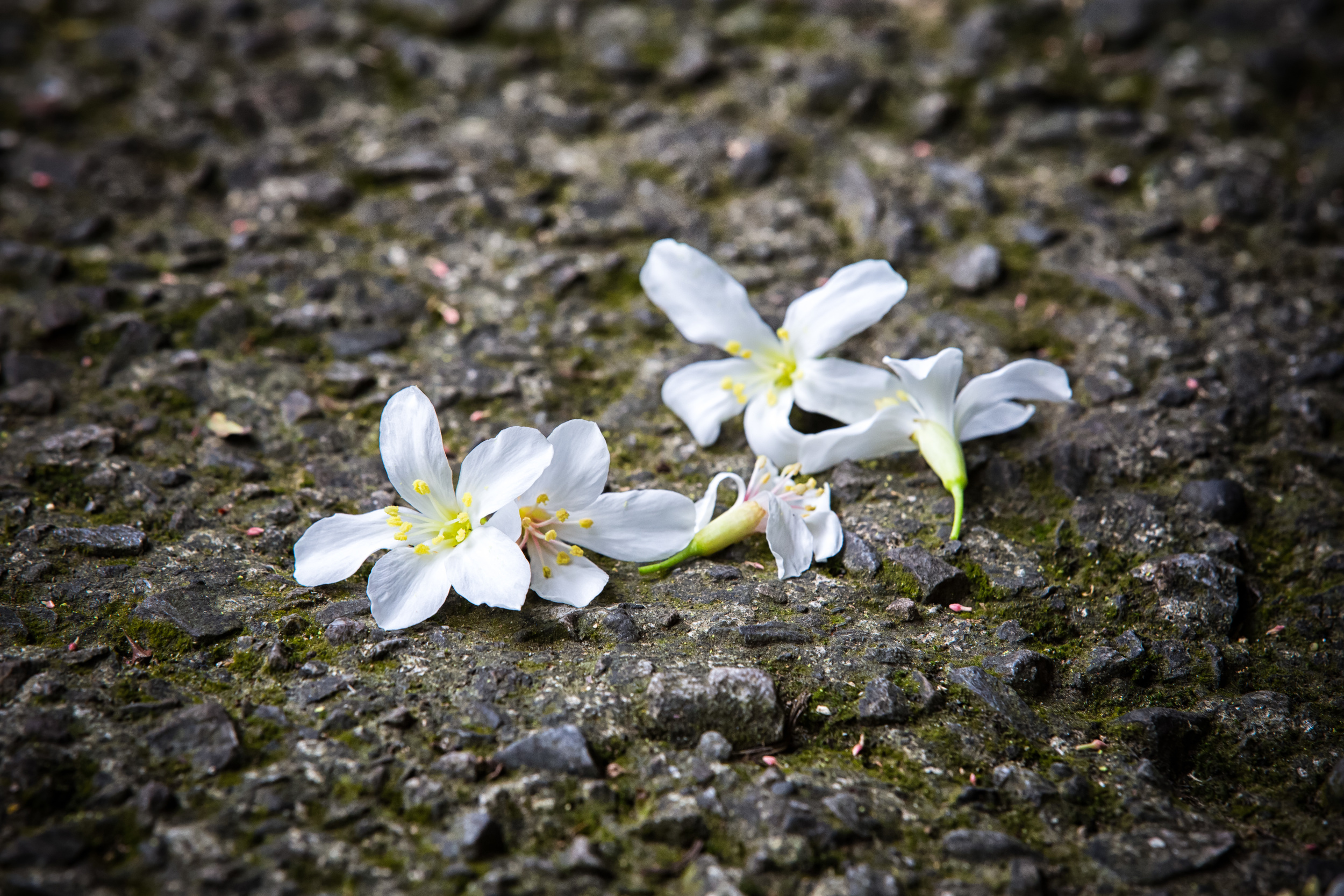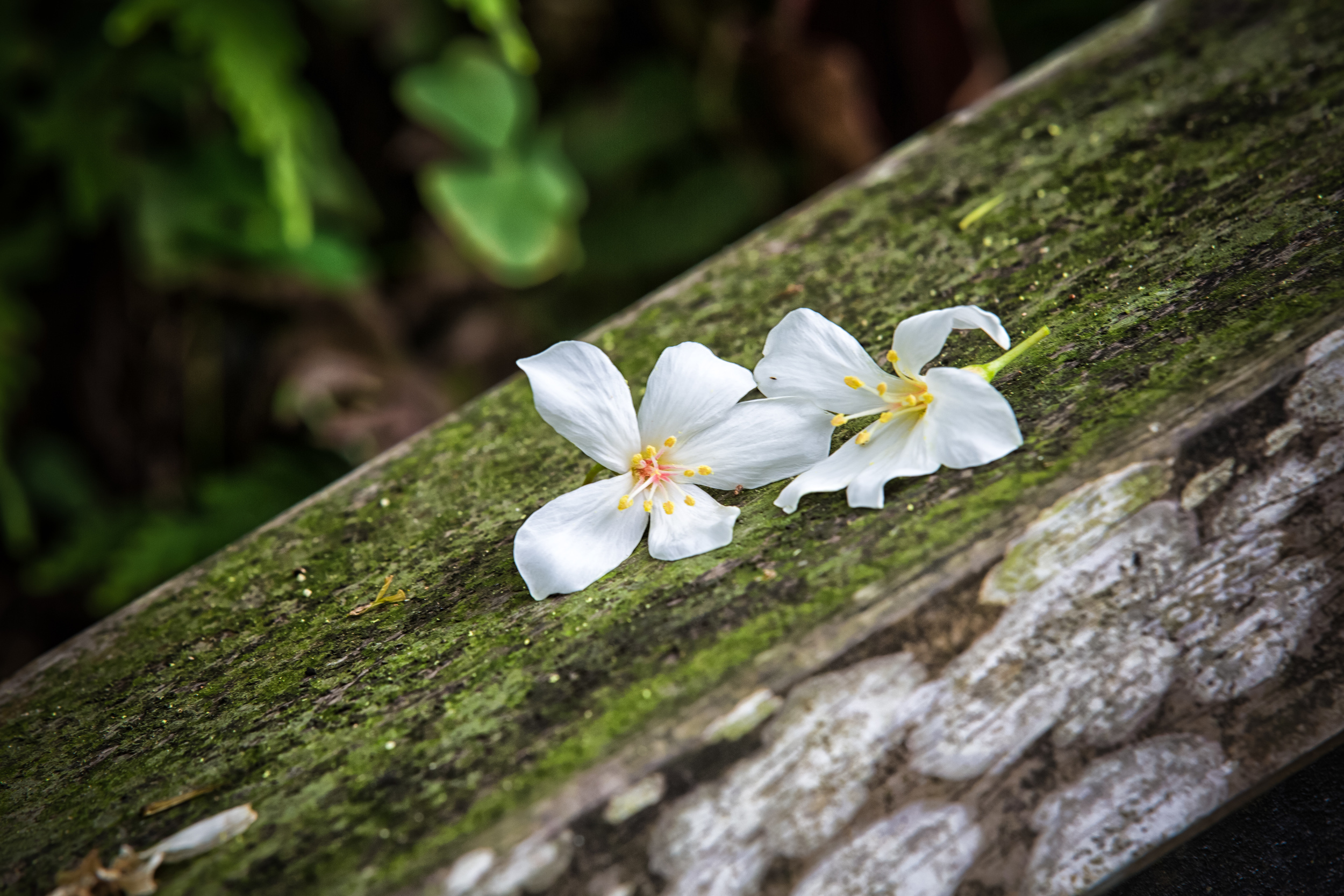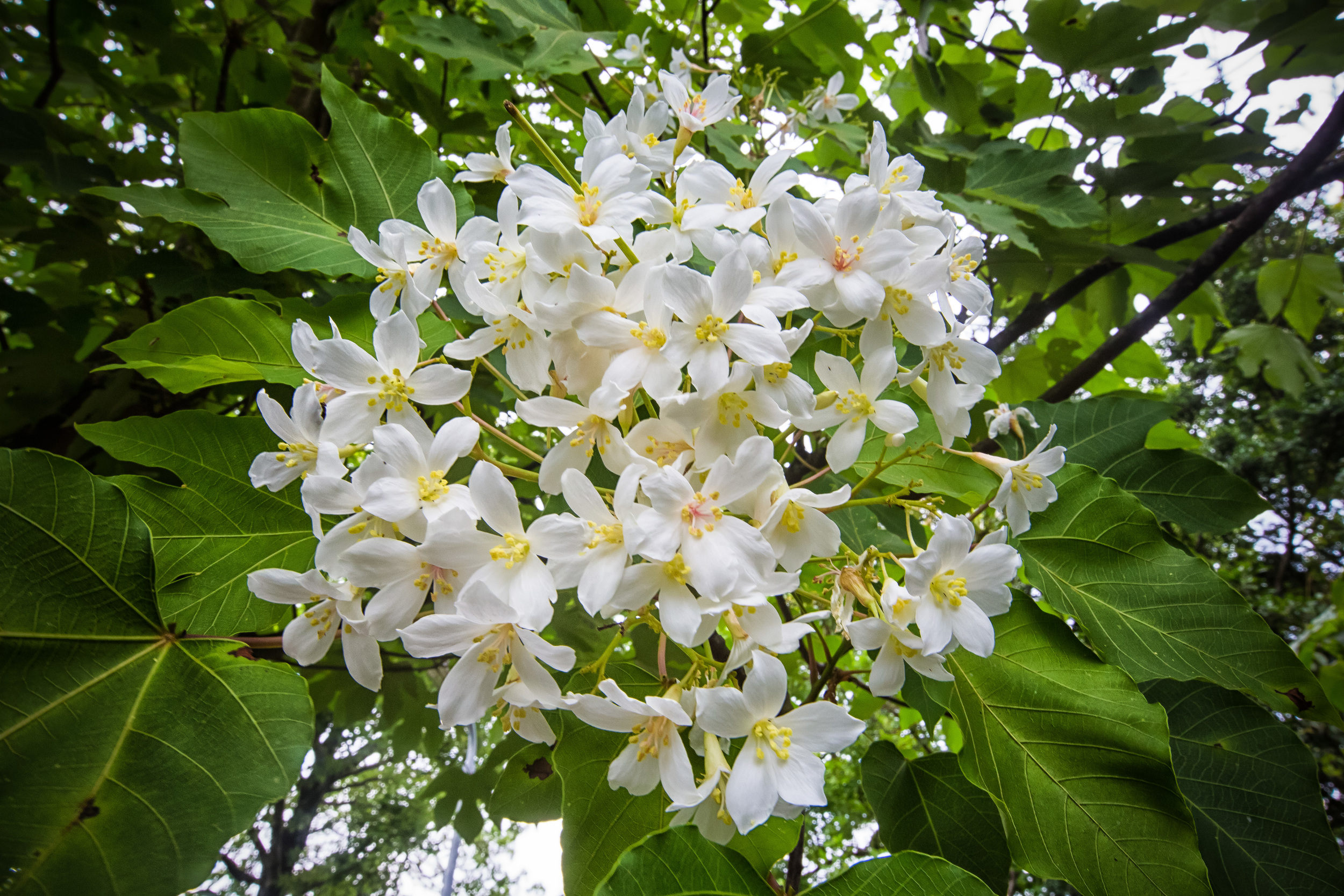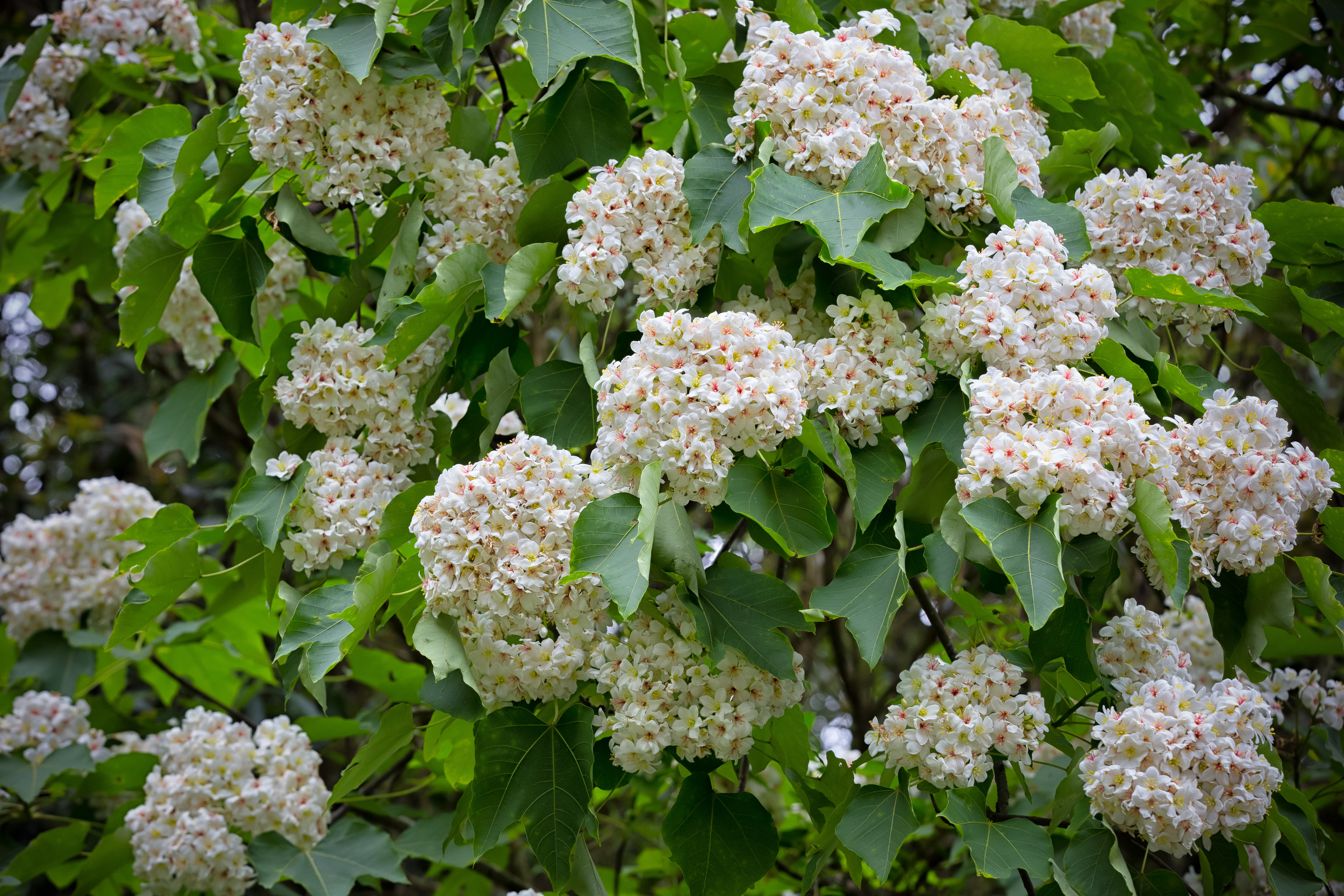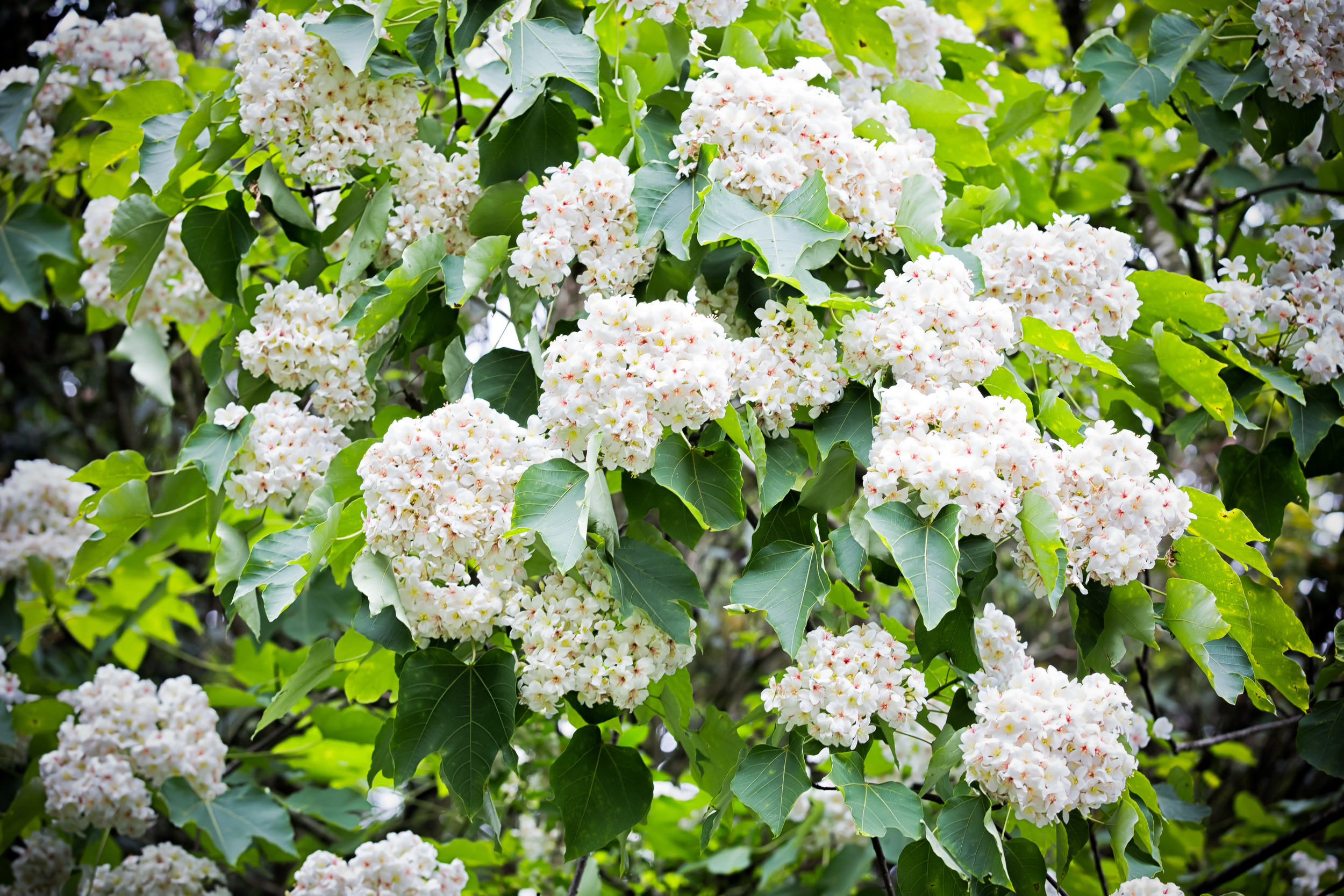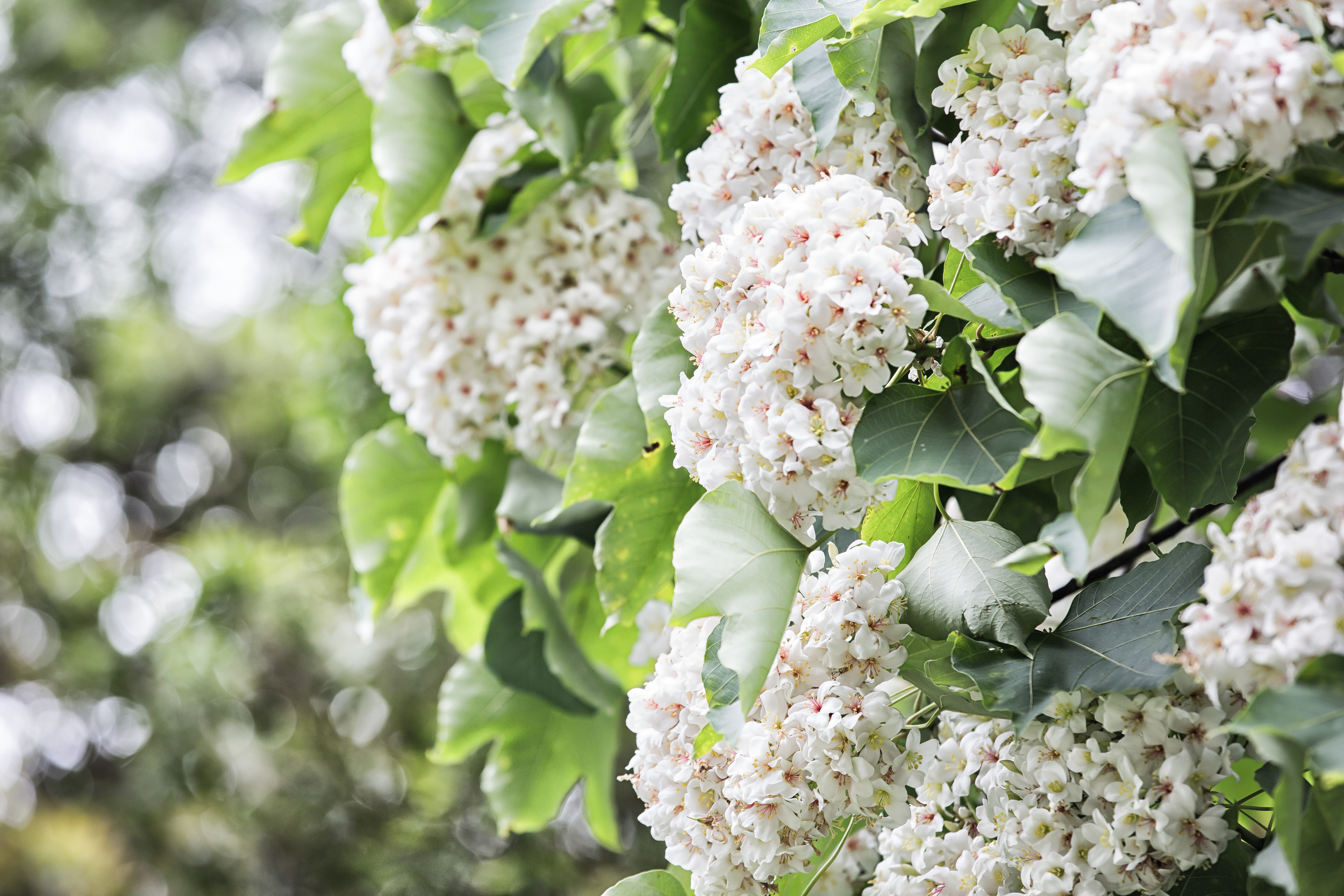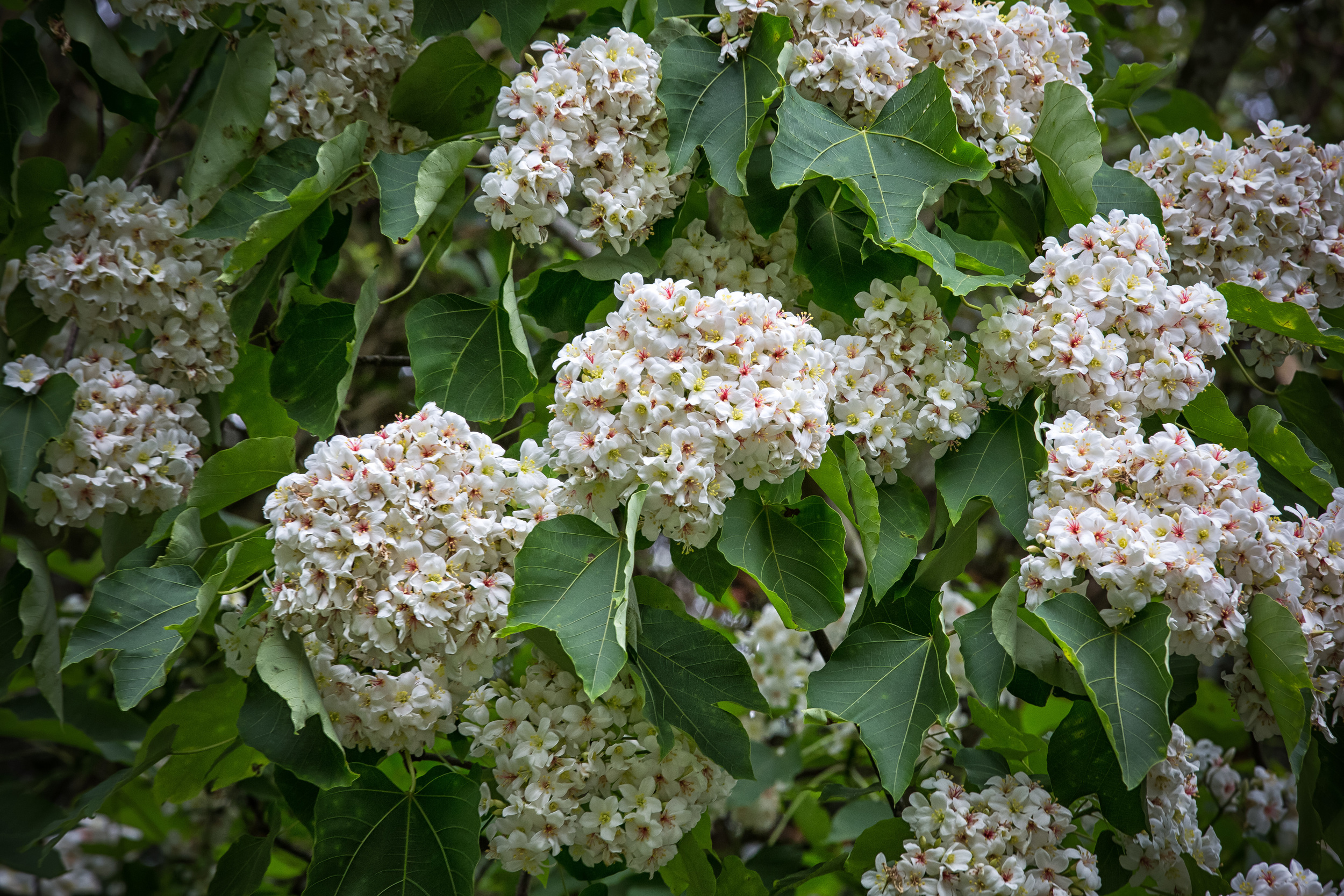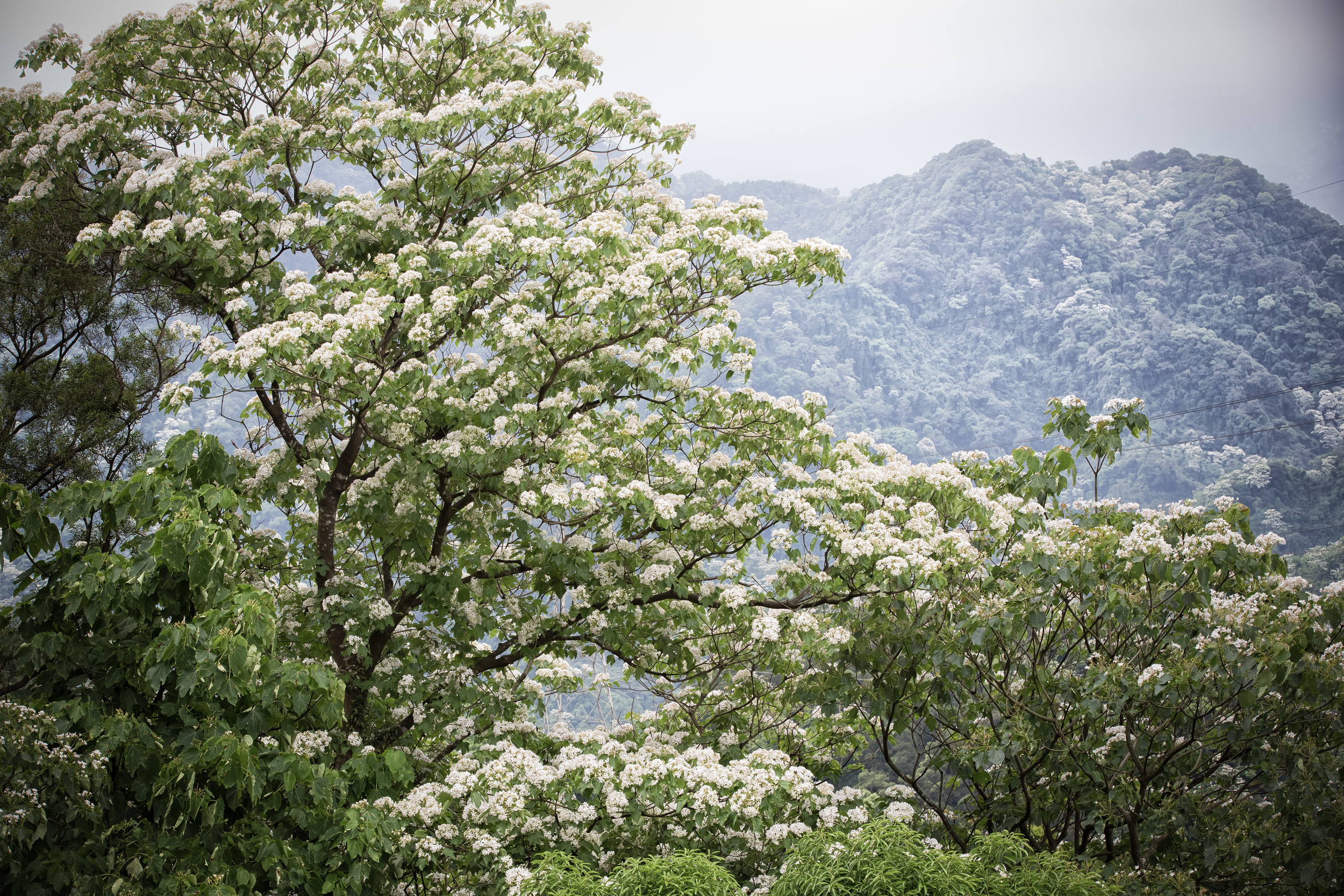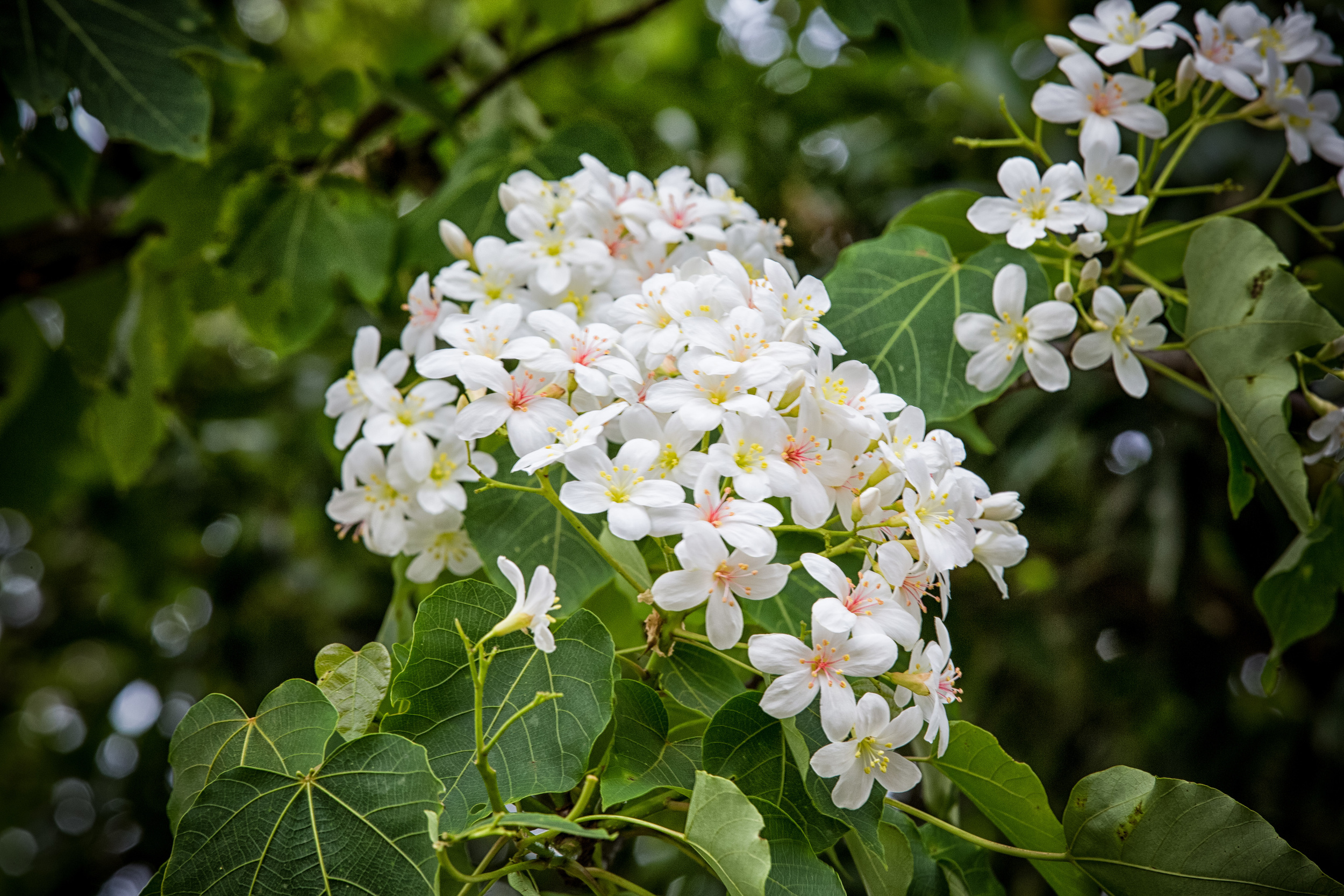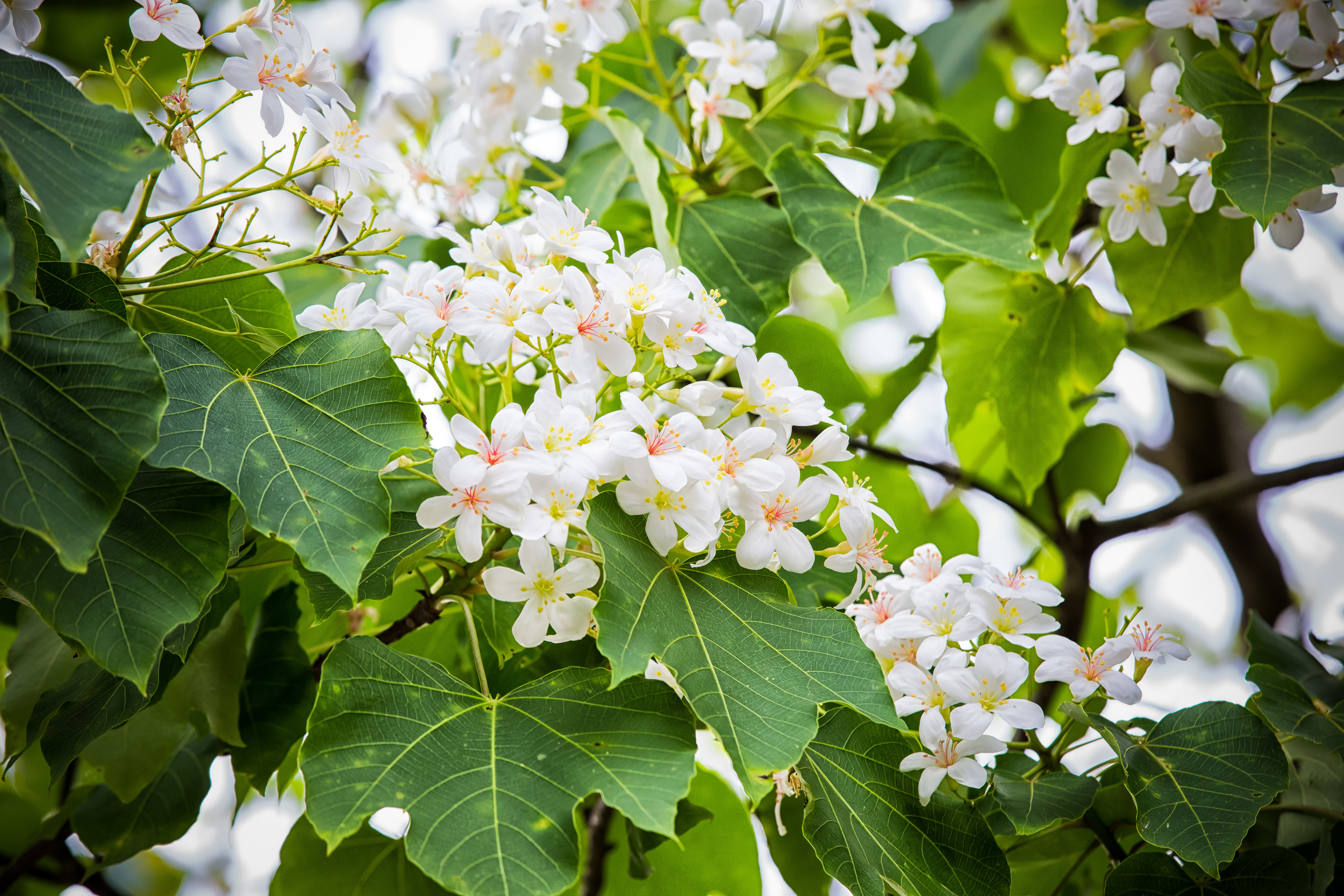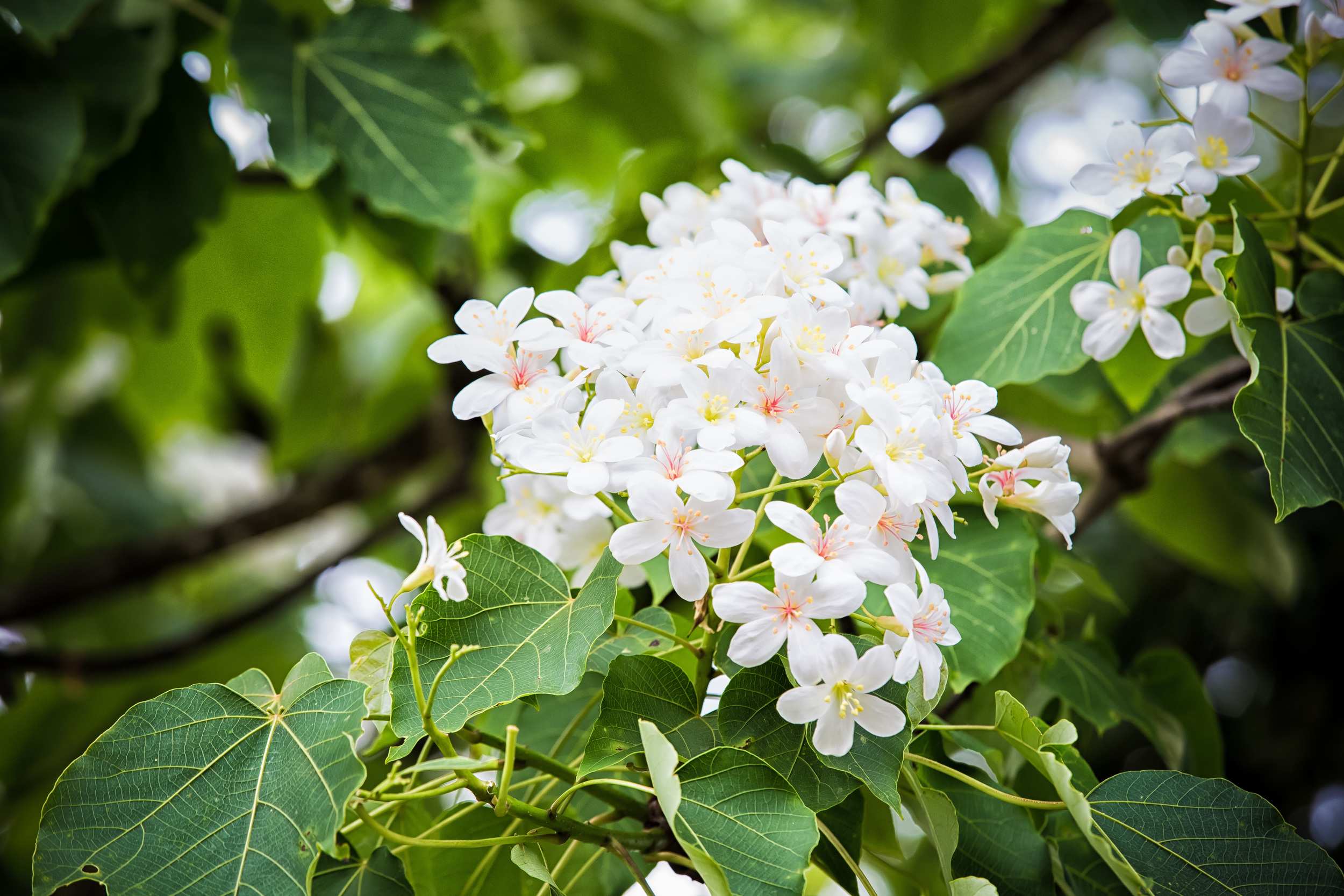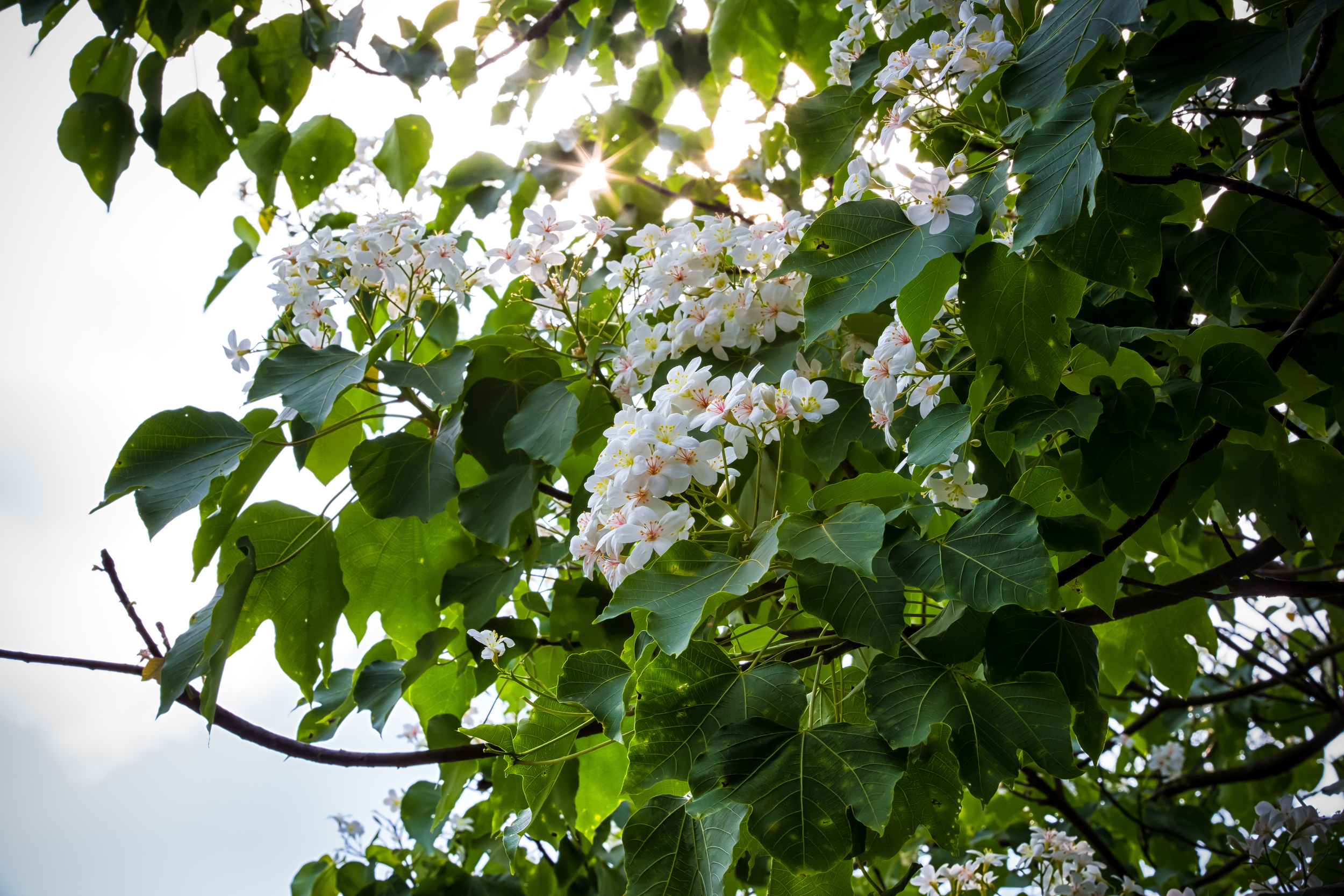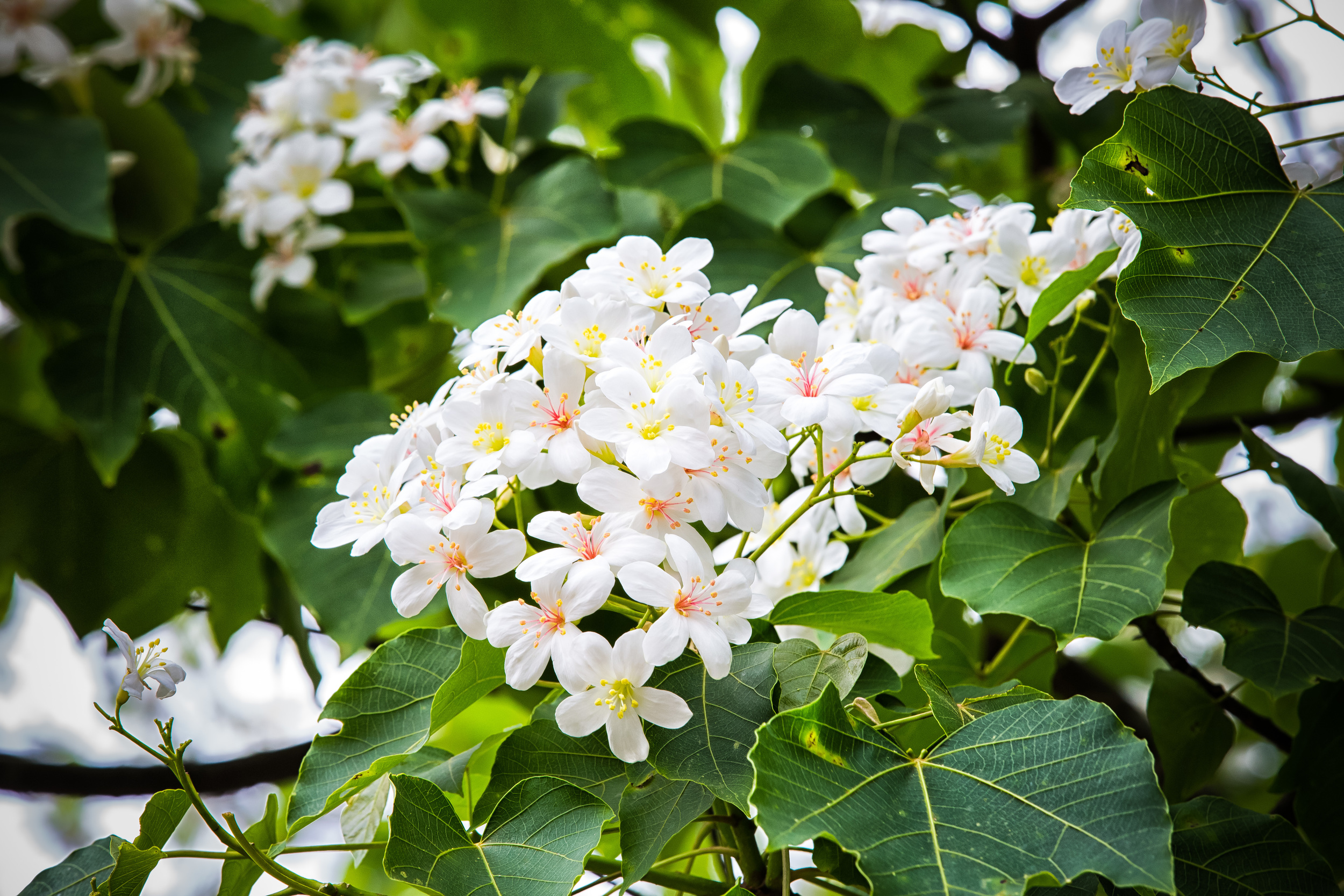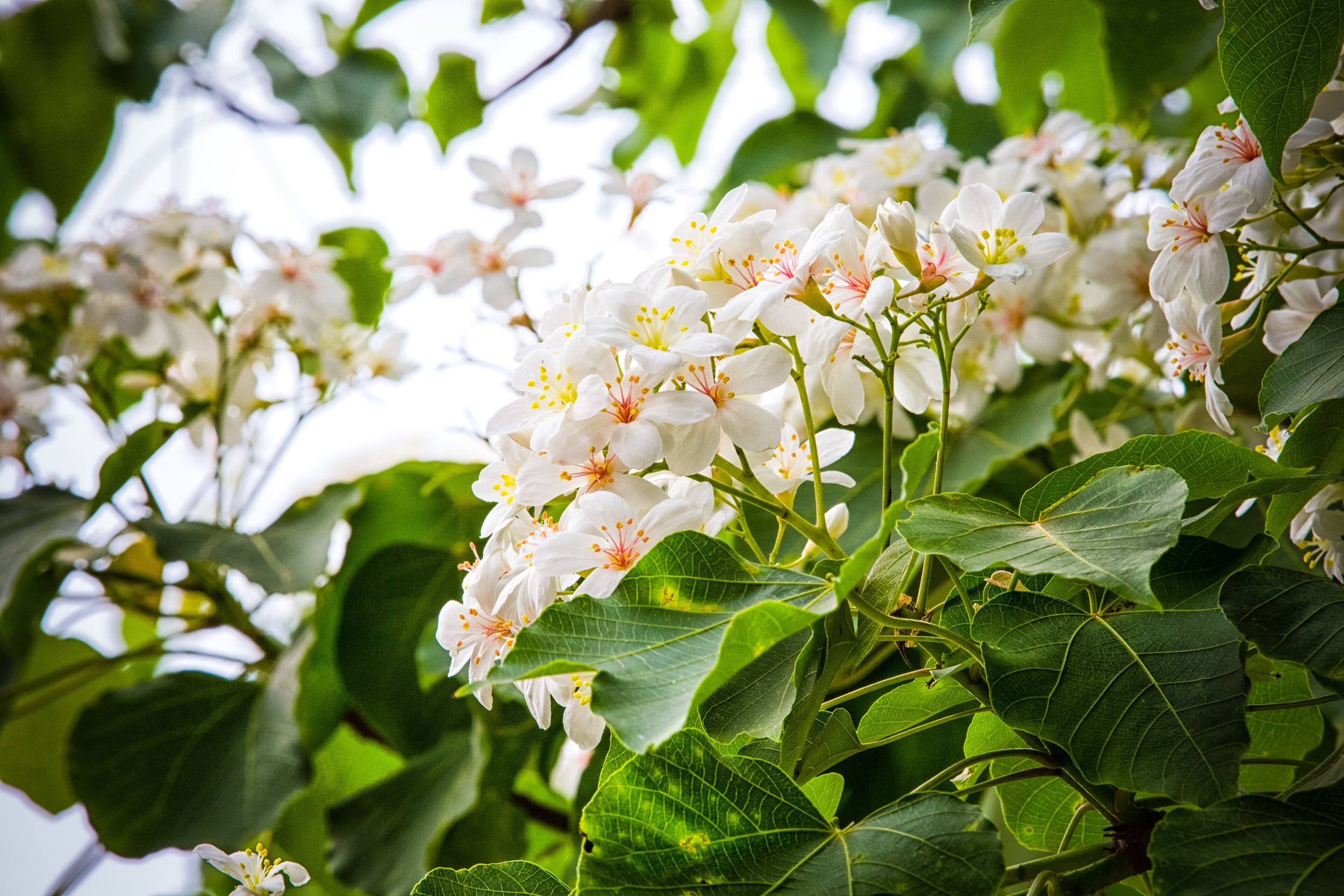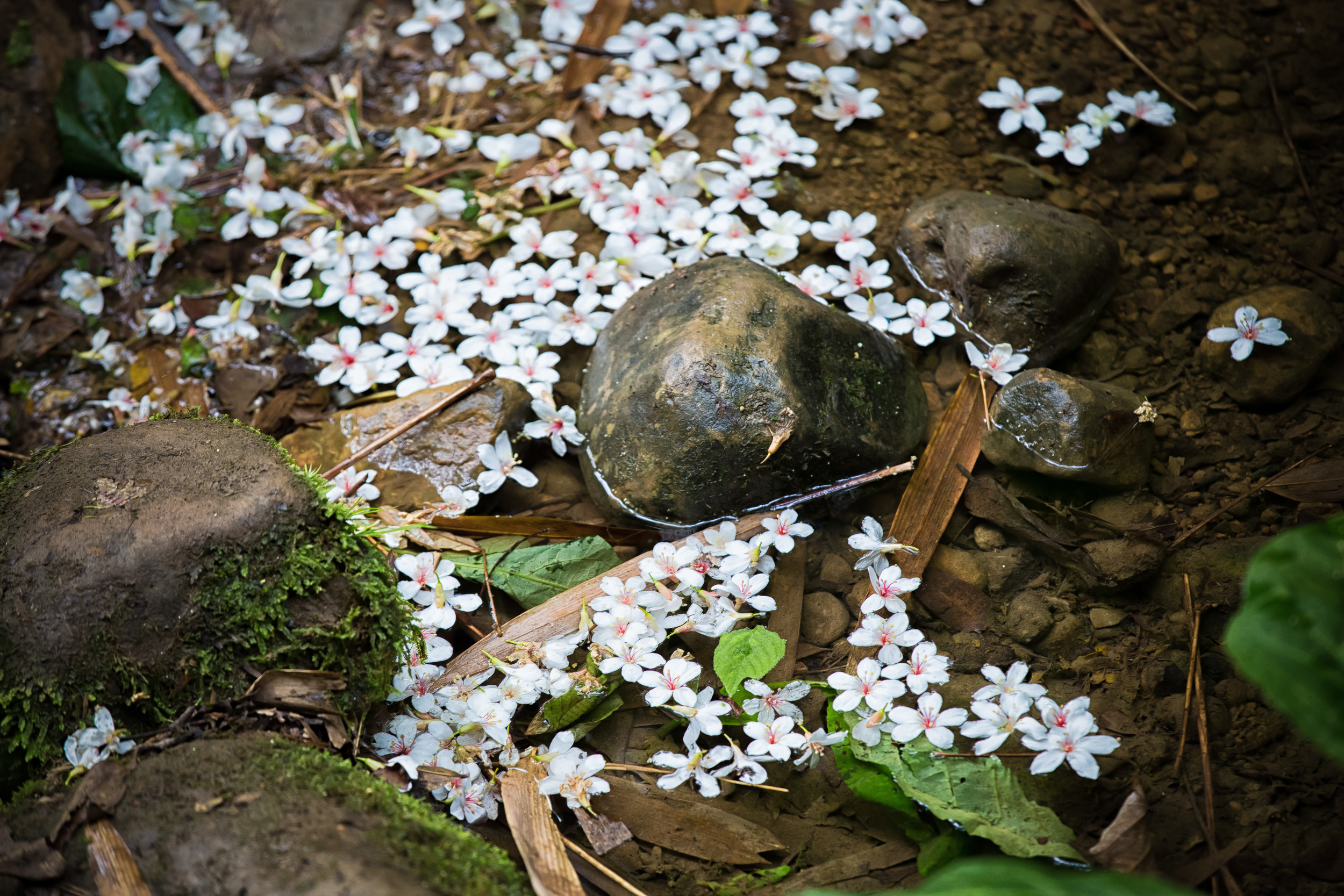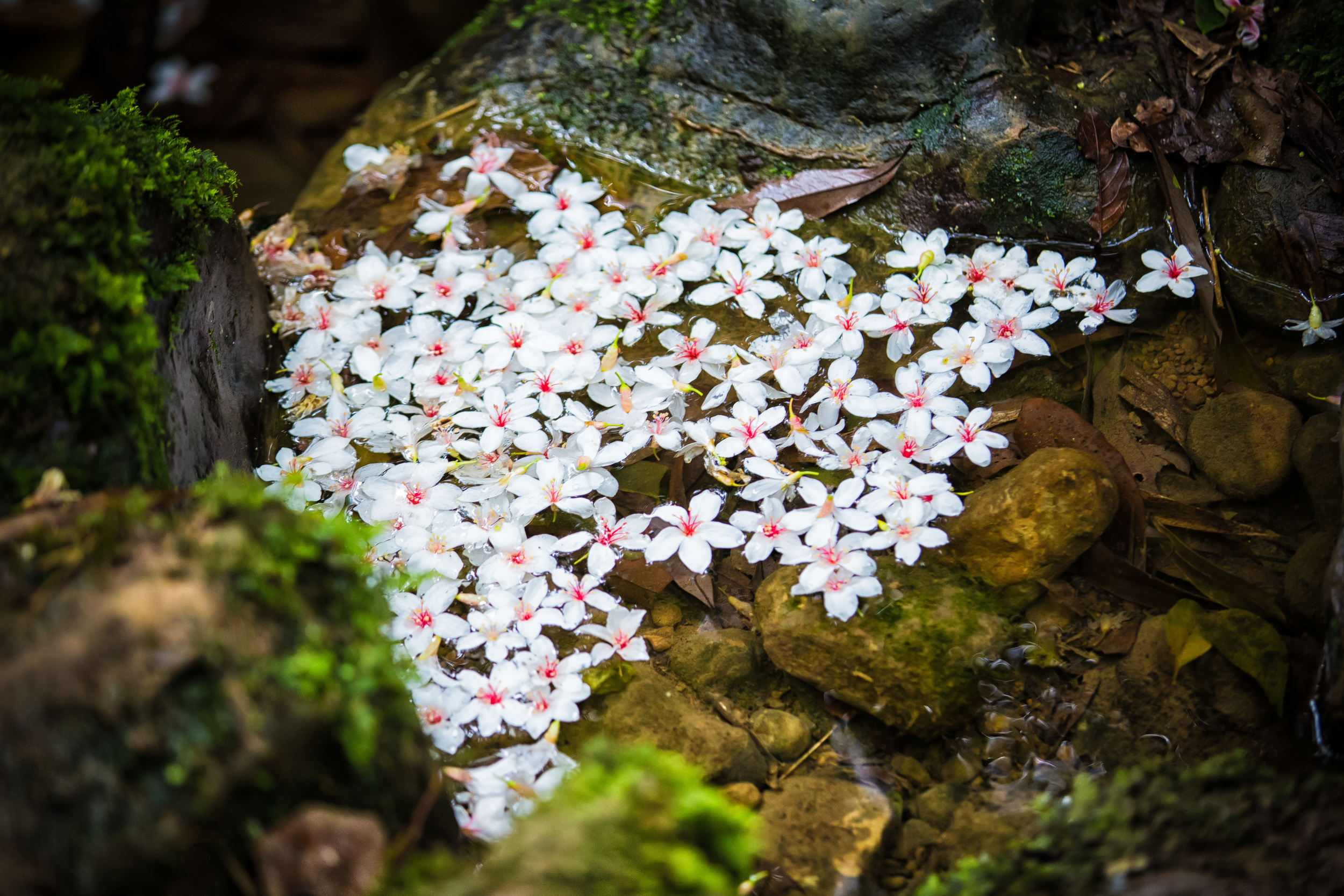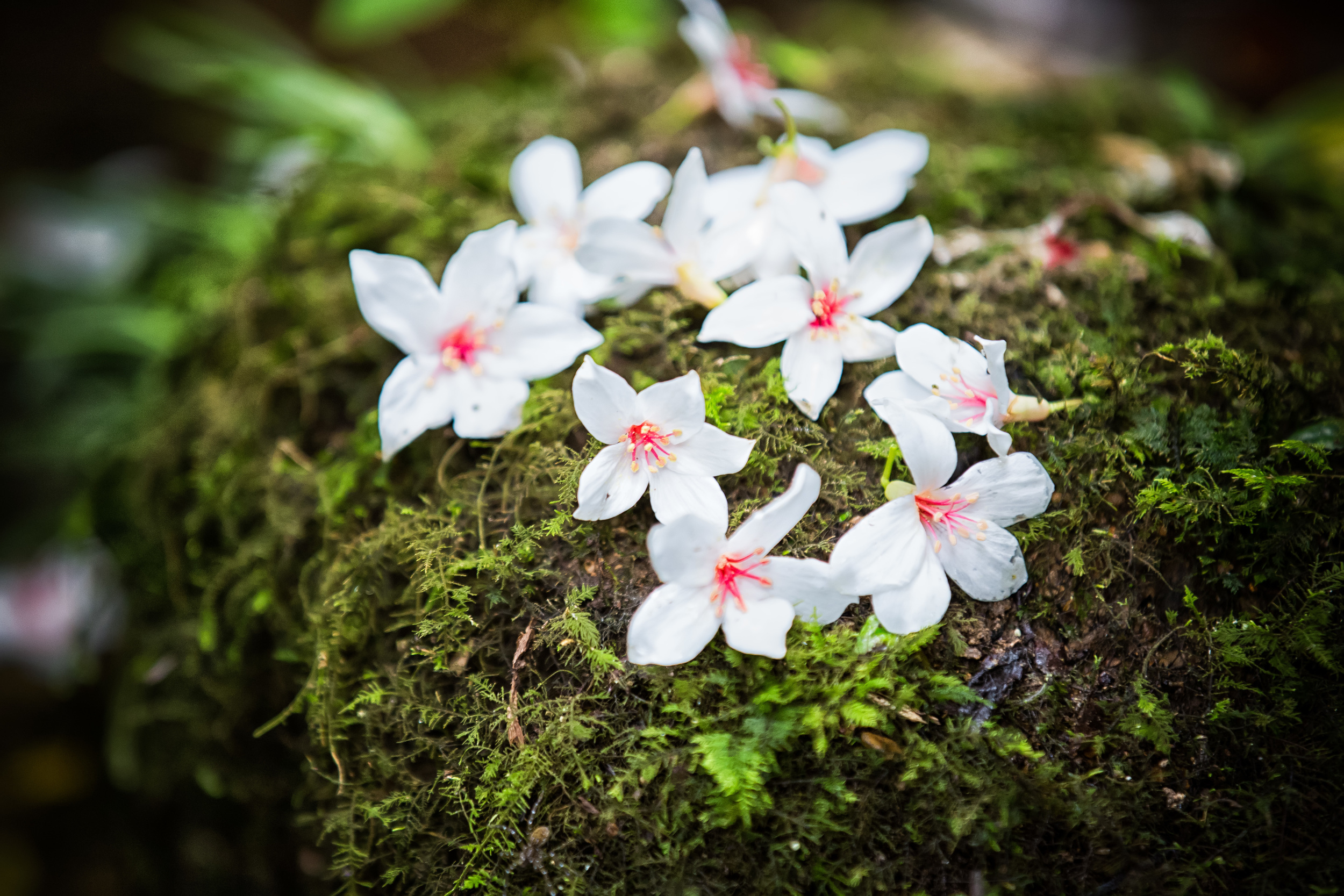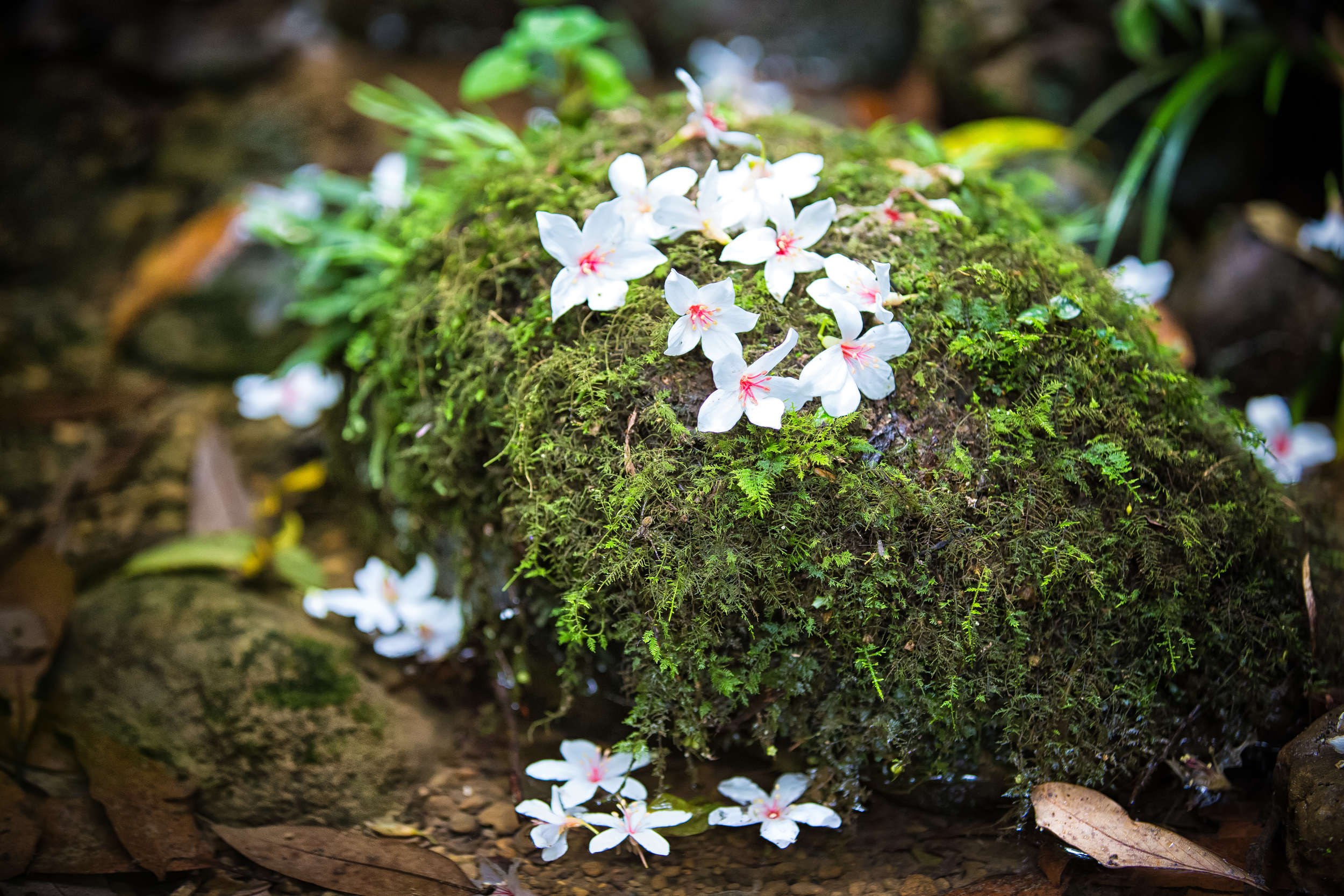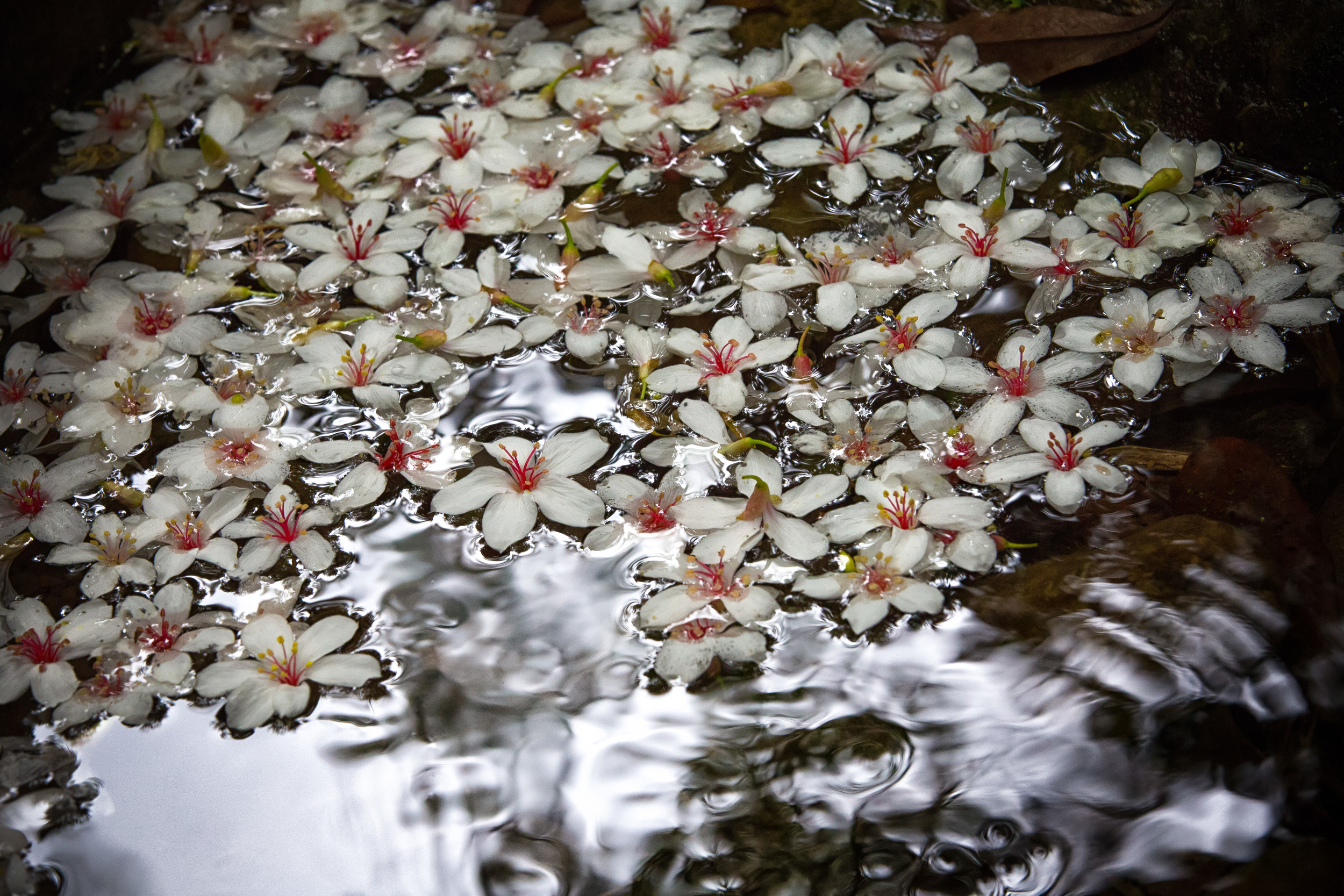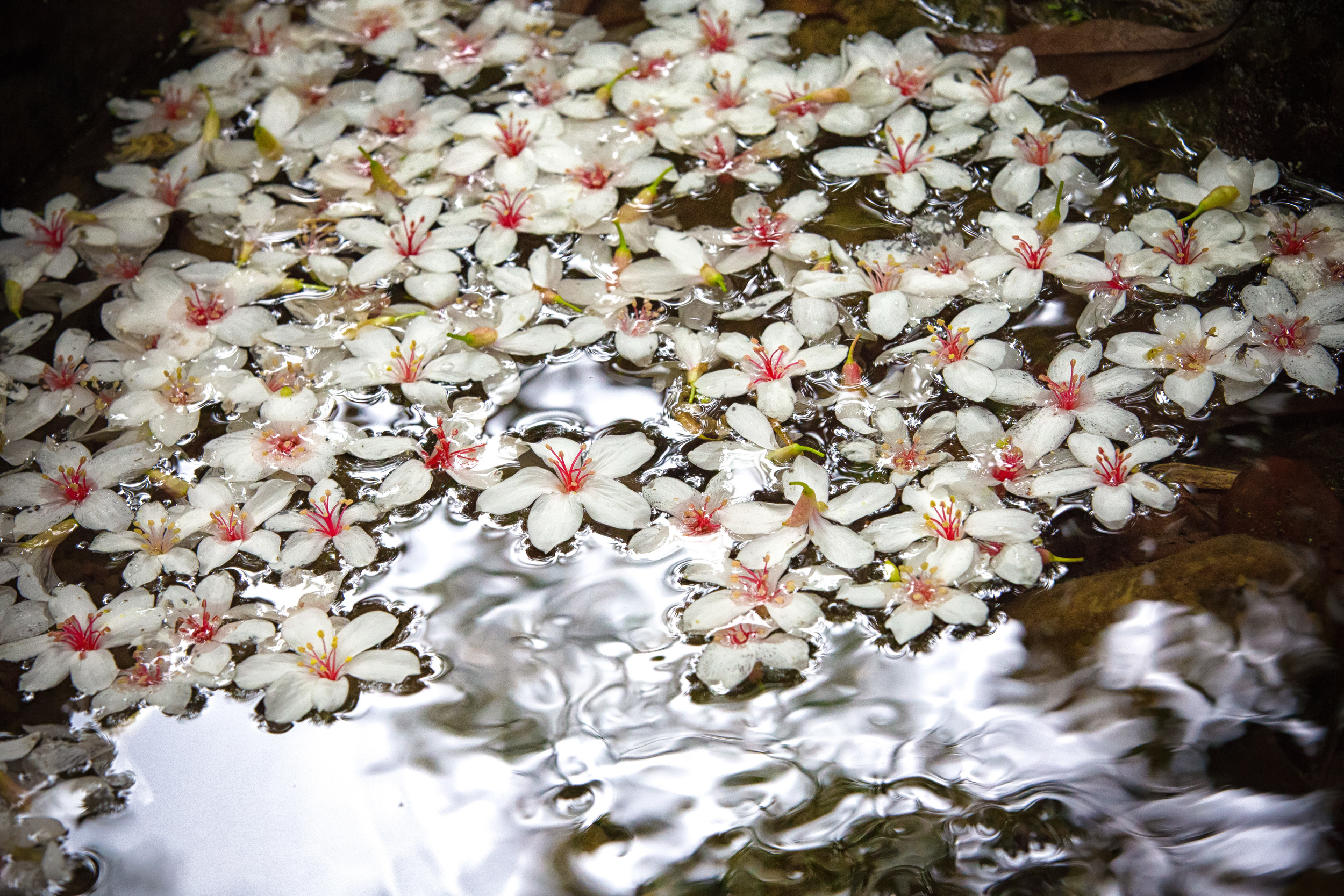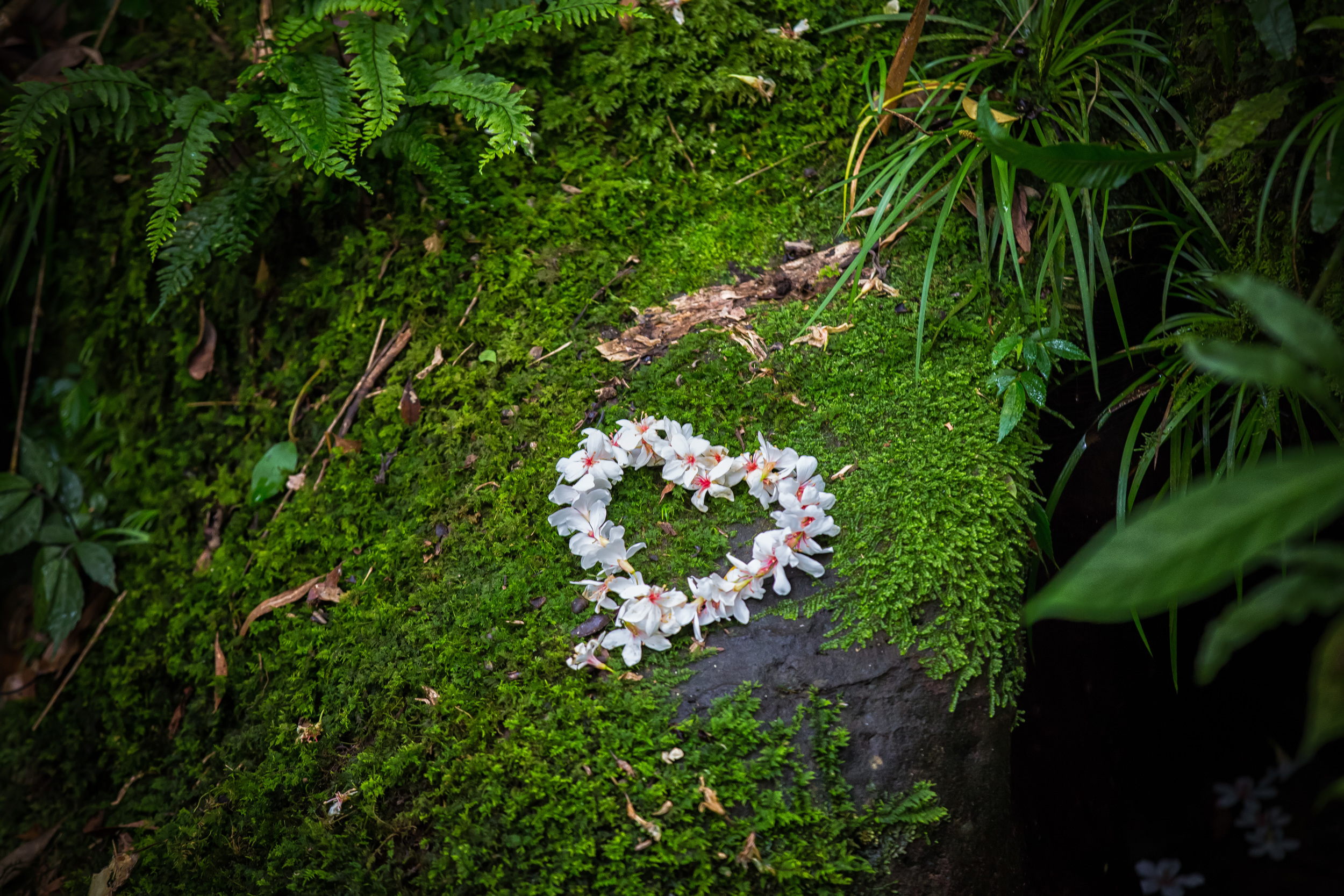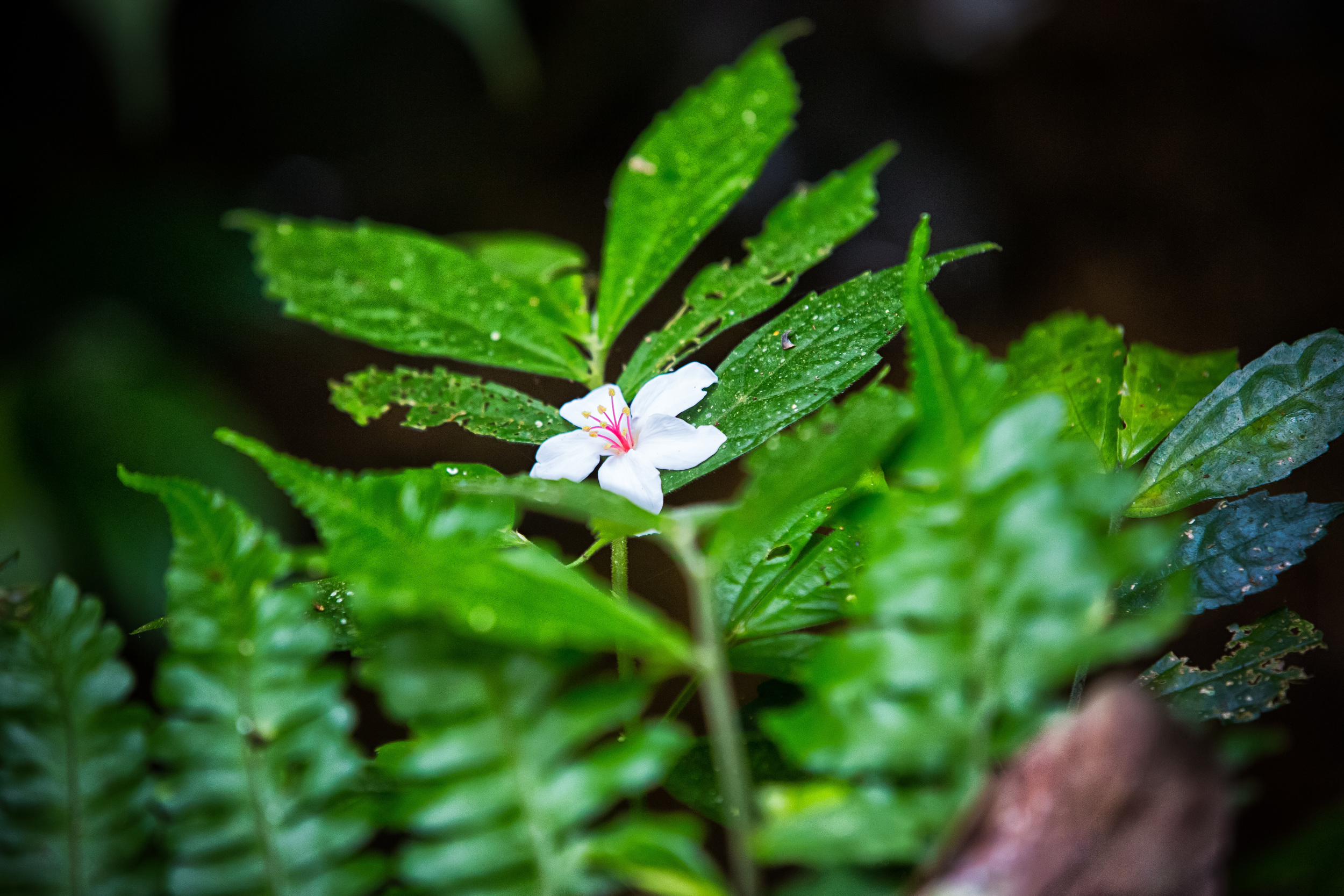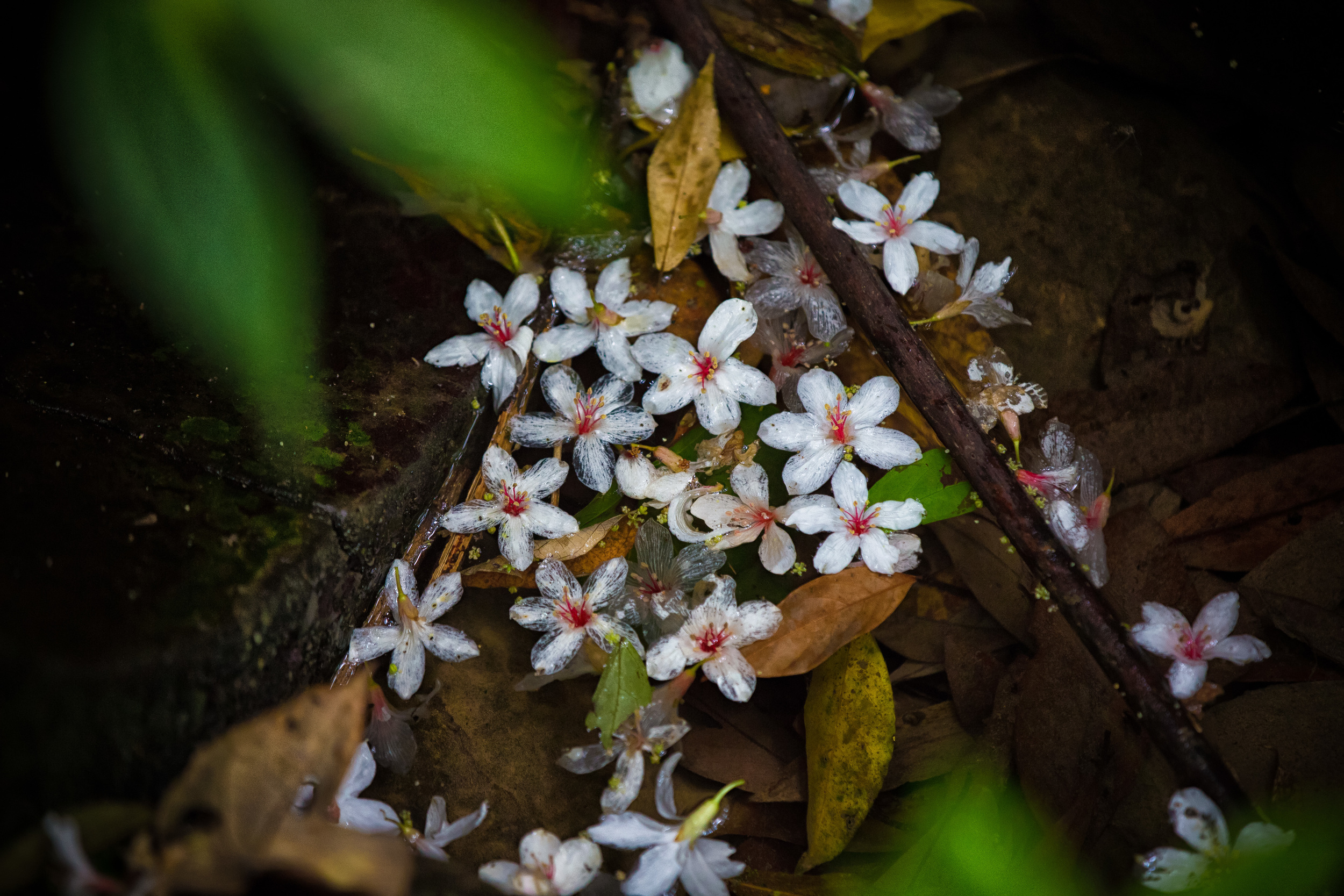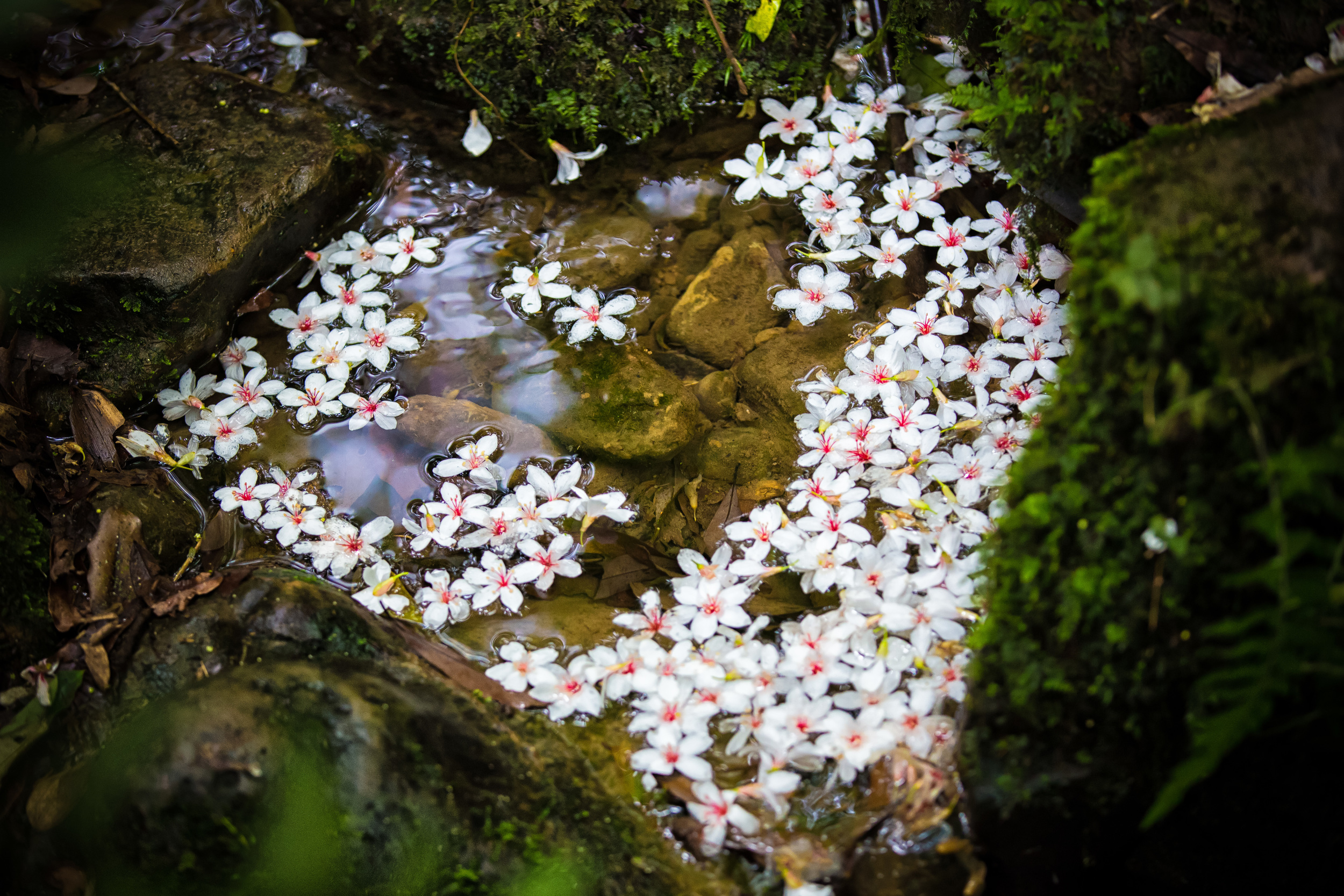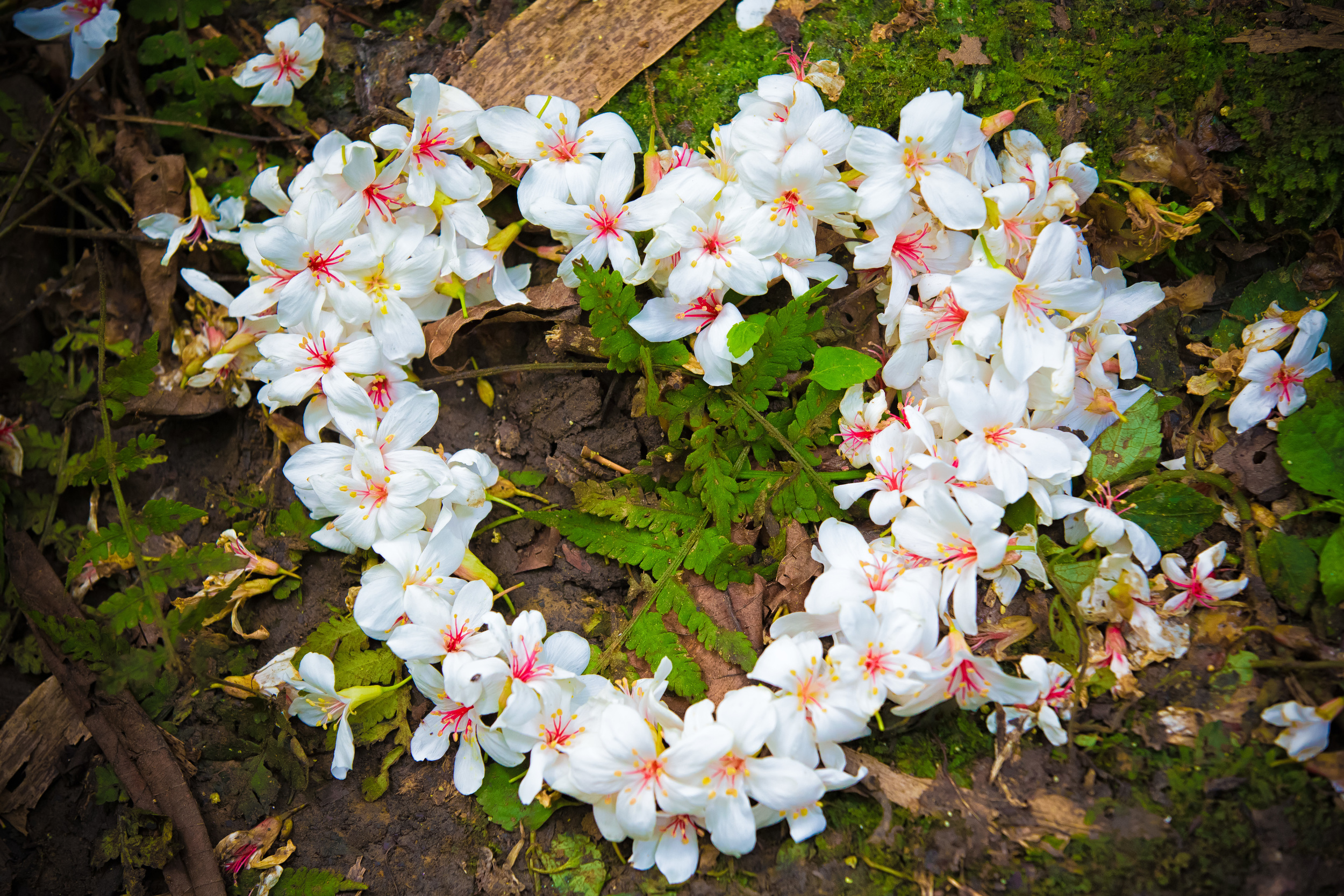The Hsing-Ren Garden Night Market (興仁花園夜市) is a newly-opened night market located in Bade City (八德) in Taoyuan County. The night market is over 6000 square meters making it possibly the largest in northern Taiwan. While shooting this night market, I have to say that it has quickly become one of my favourite night markets to visit out of all of them.
It has almost everything I could want! Not only does this night market have all the typical night market fare you would expect, but it also has vendors selling fresh oysters and fresh Thai shrimp. There's San Francisco style pizza by the slice, American grilled steaks, Hong Kong Dim Sum, Ramen, Mongolian BBQ and Taiwanese Indigenous BBQ. There are places to sit down to drink some fresh draft beer with friends and places to buy cocktails mixed with fresh juice! What else could you want in a night market? You can eat, drink, and have fun all night long.
The Hsing-Ren Night Market is a "garden" or "flower" (花園) night market which is the "new" thing here in Taiwan popularized by the Tainan Garden Night Market (台南花園夜市) and the Fu Da Garden Night Market (輔大花園夜市) in New Taipei City.
These kind of night markets are quite popular among younger crowds and a lot of the food that has swept the nation over the past few years have been products of these style night markets as they attract younger people who are more willing to try new and more exotic foods.
I will make four posts in this series with over thirty shots and I hope that you will like what I have for you!
1. BBQ Squid (烤魷魚)
I love this shot, so I figured it would be best to start this series with it. This shot took some quick thinking and some quick finger movement on my camera to get the effect I wanted. While I was walking by I noticed that the boss was starting to sprinkle sesame seeds over the squid on his grills, so I thought it would look cool if I captured some of those sesame seeds in motion. I've talked about BBQ squid in the past and how much I love it, but here we are with a full spread of squid, a couple on the grill and the boss hard at work. Squid in any form is something I will always identify with "Taiwan" as I've never been to any country that has as much appreciation for the creation as much as the Taiwanese!
2. Japanese Grilled Chicken Kebabs (烤雞肉串)
It seems like Japanese style BBQ chicken and Teppanyaki-style (鐵板燒) chicken have become quite popular at night markets over the past year or two. This specific vendor sells his chicken on a kebab with some green onions and a kind of teriyaki style sauce spread over them. The chicken is always really tender and full of flavour. They are sold for just over a dollar each and are a really great appetizer before having a sit down meal at Hsing-Ren. The first time I visited this night market, the first food I had were three of these and they were great. The boss and his girlfriend were really cool and they made a pretty good impression for the rest of the night market. I don't think he remembered me as I passed through the second time and snapped this shot though!
3. Volkswagen Das BBQ....? (福斯.... 打斯烤肉..?)
This guy wins the prize for having a really cool set up. He sells various kinds of grilled kebabs out of the back of an old VW that seems to have seen better days (at least the front of it anyway) He sells every kebab for 20 NT which is under a dollar and you can buy six for just over three dollars. He also guarantees that his food is awesome - if not it's free. That is a bold statement to be making if you ask me. The night I took this shot, it was rainy and the night market wasn't very busy - Every other night I've been there, he's had a long line of people waiting to have some of his kebabs. It wasn't easy to get close to him and get his whole set up in the shot, so I figured a bit further away would add more perspective to this cool vendor!
4. BBQ Corn (烤玉米)
BBQ corn is one of my favourite night market foods and as I've mentioned before, it can be quite expensive. This stall however sells the corn really cheap and the price of three is almost the same as the price of one at Zhongli Night Market. I'm not sure that this stall sells corn that tastes as amazing as the stall in Zhongli, or if he BBQs them as long as they do, but he's always busy so that is probably an indication that he's pretty handy on the grill. The night I took this shot, it was rainy and the night market wasn't very busy so I was lucky to get a shot of this guy as I walked by. I really like the way he was looking directly into the camera as I walked by, especially in such a narrow space.
5. Pan-Fried Dumplings (手工煎餃)
This vendor sells some amazingly cheap pan-fried dumplings filled with pork and vegetables. When I took the shot he had just finished placing the dumplings on the pan and he was about to pour water on top of them to start cooking them. These dumplings aren't very big, but they are really cheap - You can buy a large box of twelve for just under two dollars and a box of eight for a little over a dollar. I've bought these kind of dumplings hundreds of times on my way to and from work especially when I'm in a hurry. They're cheap, convenient and really tasty. I was also a fan of the way the boss stopped and looked at me as I walked past for that candid deer in the headlights kind of look!
6. Grilled Stinky Tofu (碳烤臭豆腐)
I have a lot of respect for Stinky Tofu. Unlike most foreigners who come to Taiwan, I can't get enough of it. This version however, I'm not really very enthusiastic whenever I see it. It's not the stinky tofu's fault, it is the Taiwanese-style sour kimchi that I'm not a big fan of. The tofu has a stick running through it and it is cooked on a grill. When it is almost ready, they will split it down the middle and add an overflowing serving of kimchi with some sauce making it a big too soggy for my liking. This is one of the quintessential ways of eating stinky tofu and is popular among Taiwanese people. For me, it is messy and I don't like the sour kimchi very much.
7. Oysters (烤生蠔)
Oysters are pretty big at Hsing-Ren Night Market. There are quite a few stands selling them. This stall sells imported Canadian oysters and they are BBQ'd for you, or they can be shucked and served raw with some lemon. Personally, I prefer my oysters to be small and in an omelette! The larger ones like this almost terrify me. To most people though, oysters are a delicacy and having the ability to eat them like this but not having to go to make reservations at an expensive restaurant is a great thing. The oysters sold here aren't cheap, but there are always lines to get in and enjoy them! I'll have a few more shots of other oyster vendors in the following posts!
8. Indigenous BBQ (原住民烤肉)
The first time I visited the Hsing-Ren Night Market, this stall stopped me nearly dead in my tracks. As soon as I saw the boss and the huge BBQ I instinctively just lined up and hadn't even considered what I wanted to buy as it looked amazing. I've probably mentioned it a few times before, but Indigenous food is probably my favourite food in Taiwan. The things these people can do with pork has transformed me from a guy who rarely ever ate pork to actually having a lot of respect the animal! This stall sells fresh Indigenous sausages, cuts of wild boar and some other kinds of wild fowl. I bought a slab of BBQ pork mixed with onions, chili and leeks and it was amazing. If you are in Taiwan and you haven't tried Indigenous food, I don't know what you're waiting for, you'll be blown away by how awesome it is.










